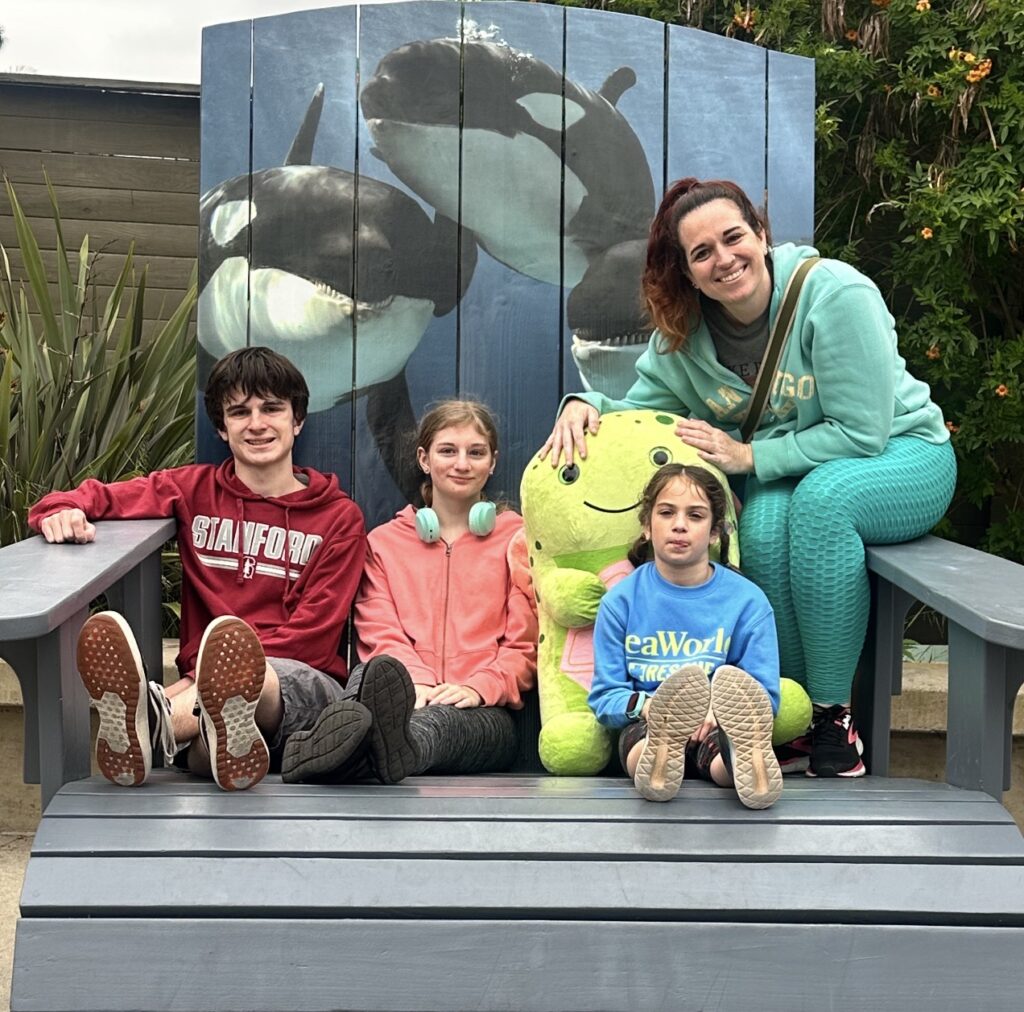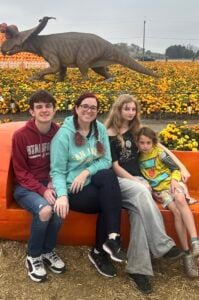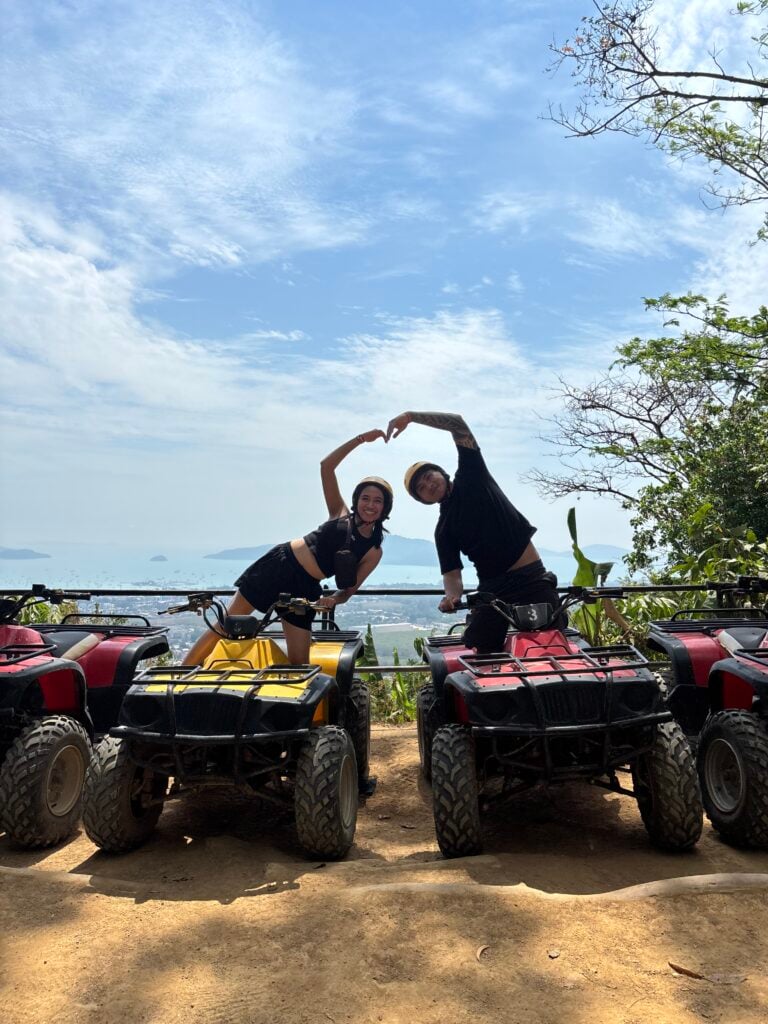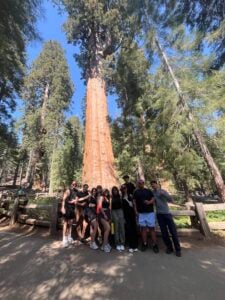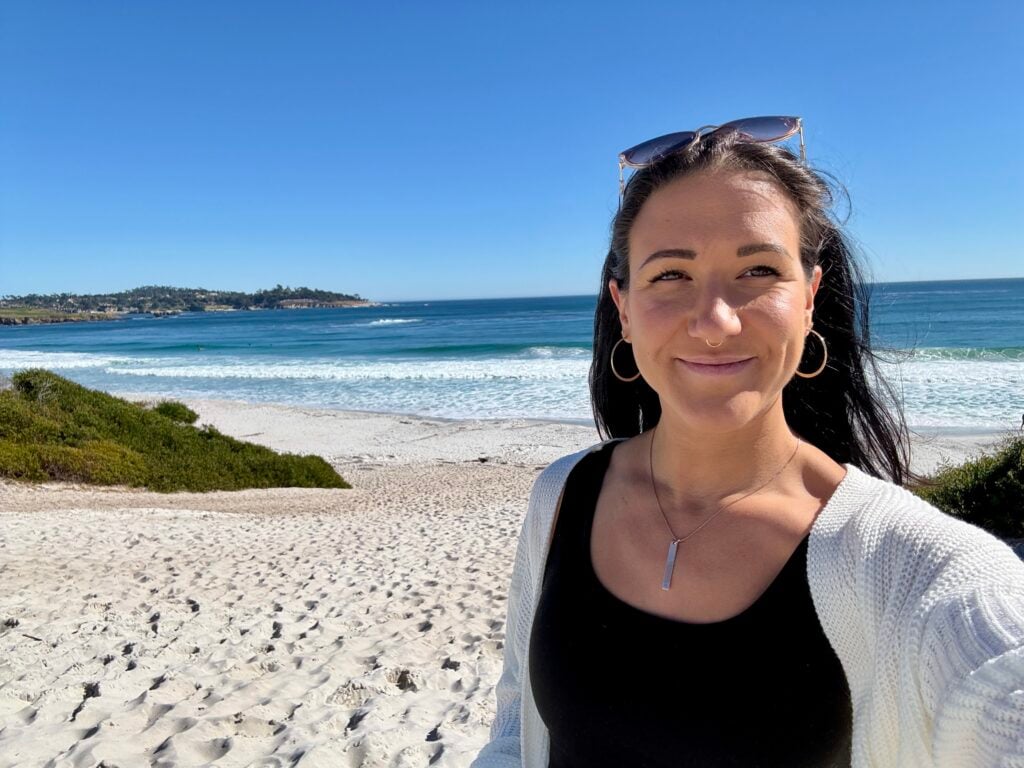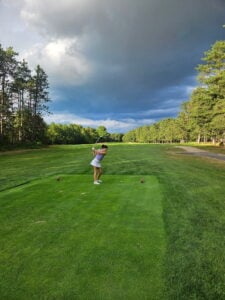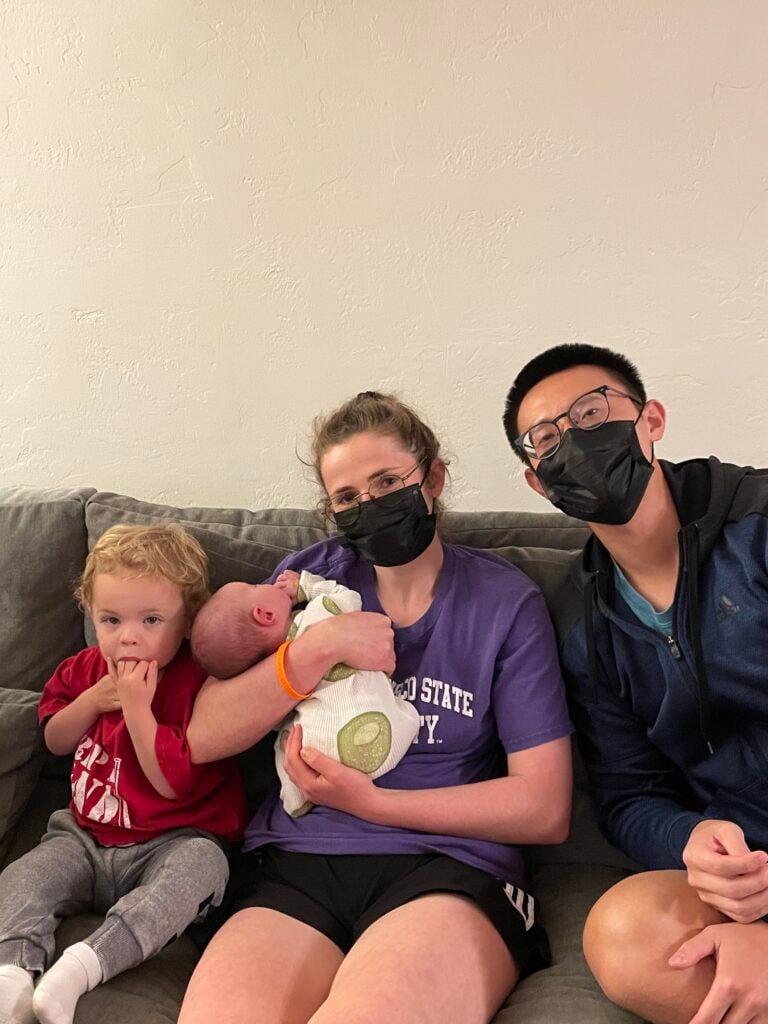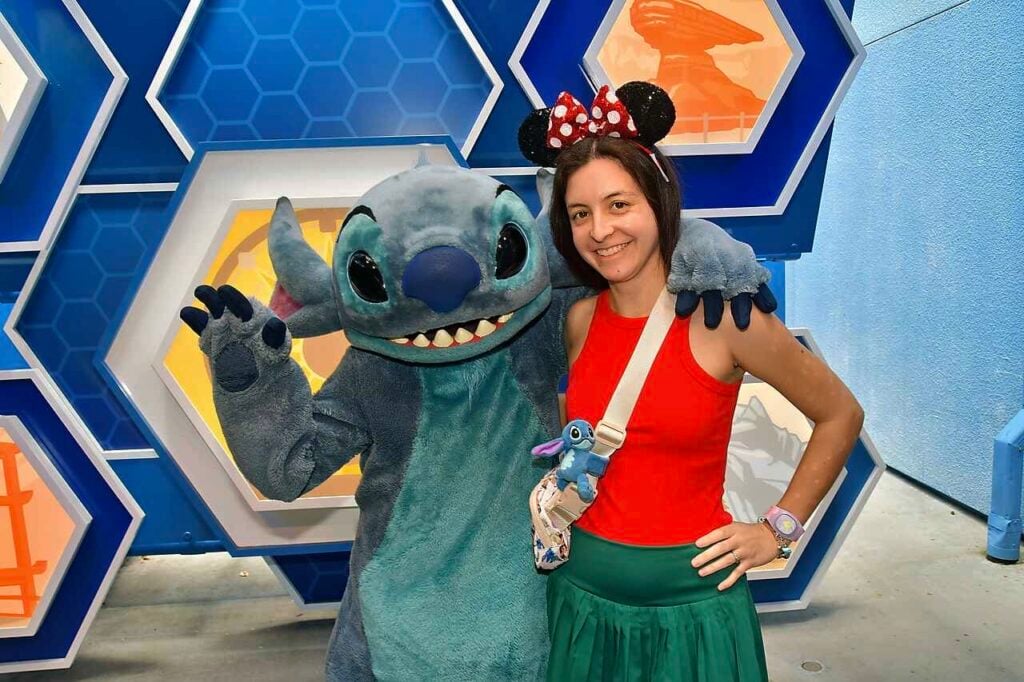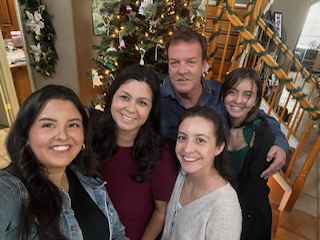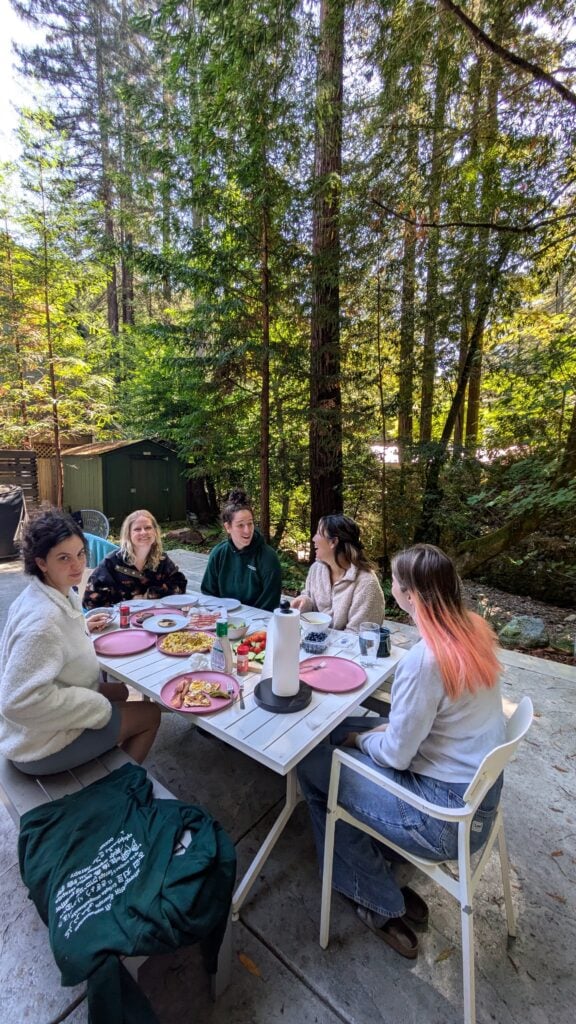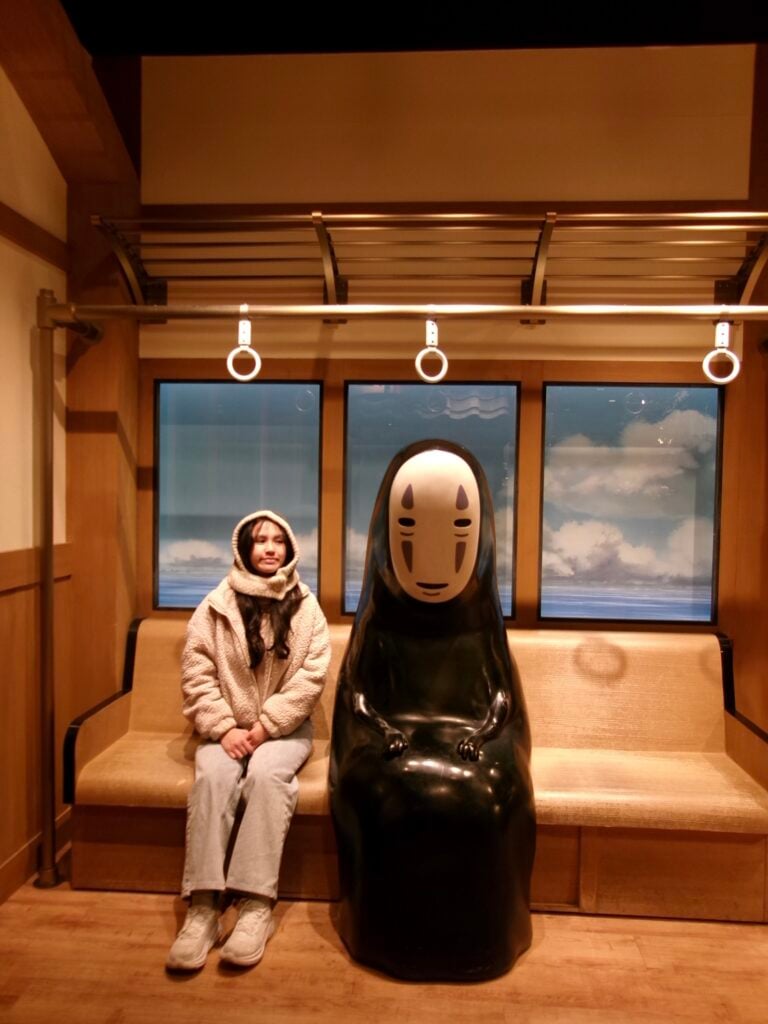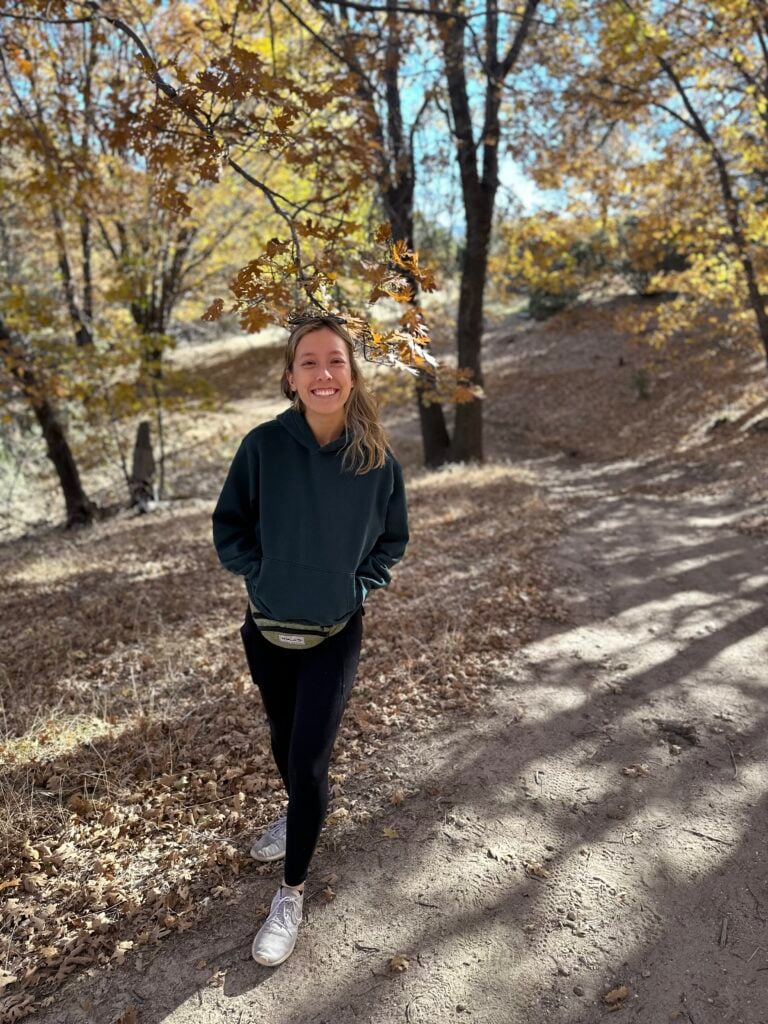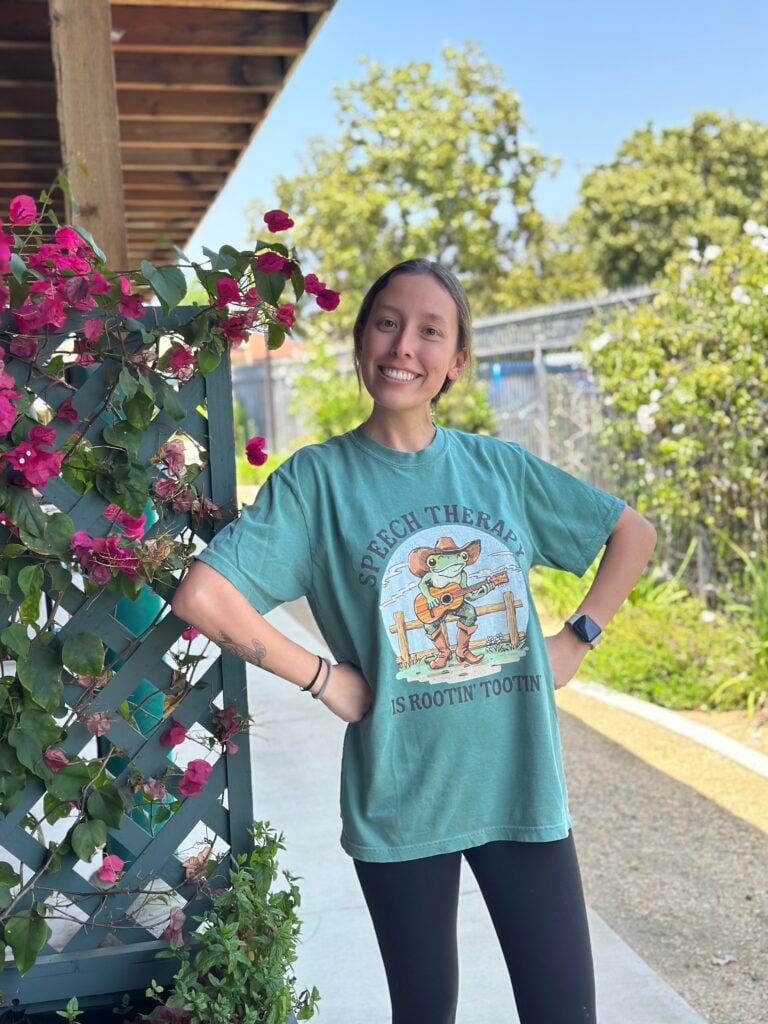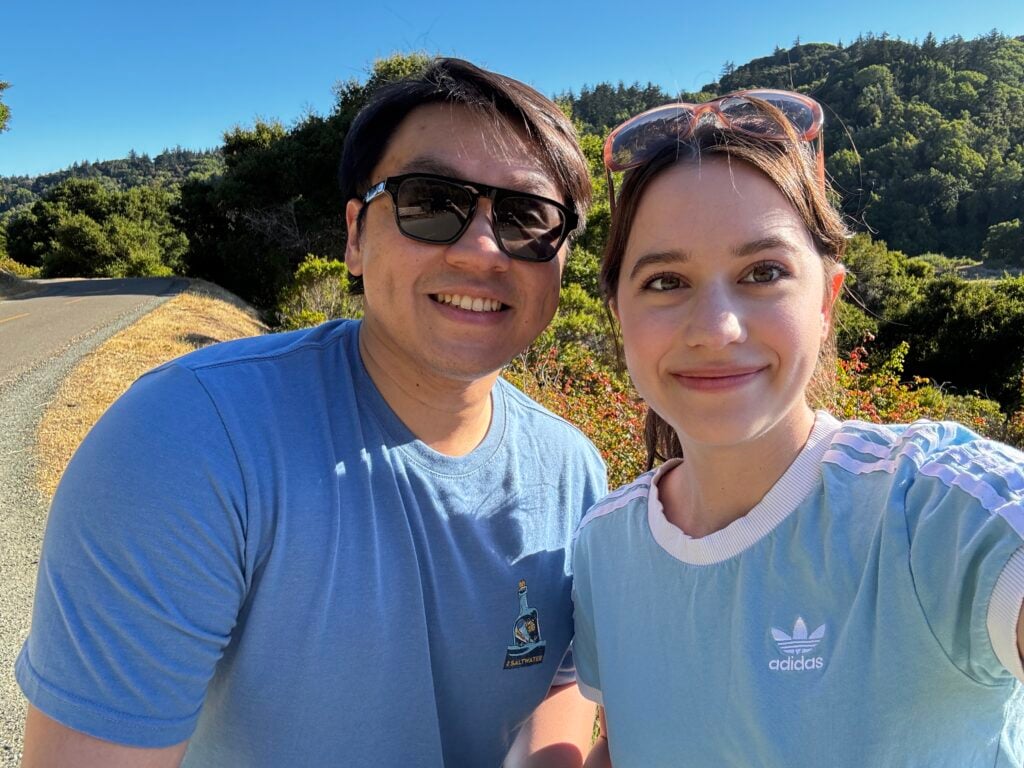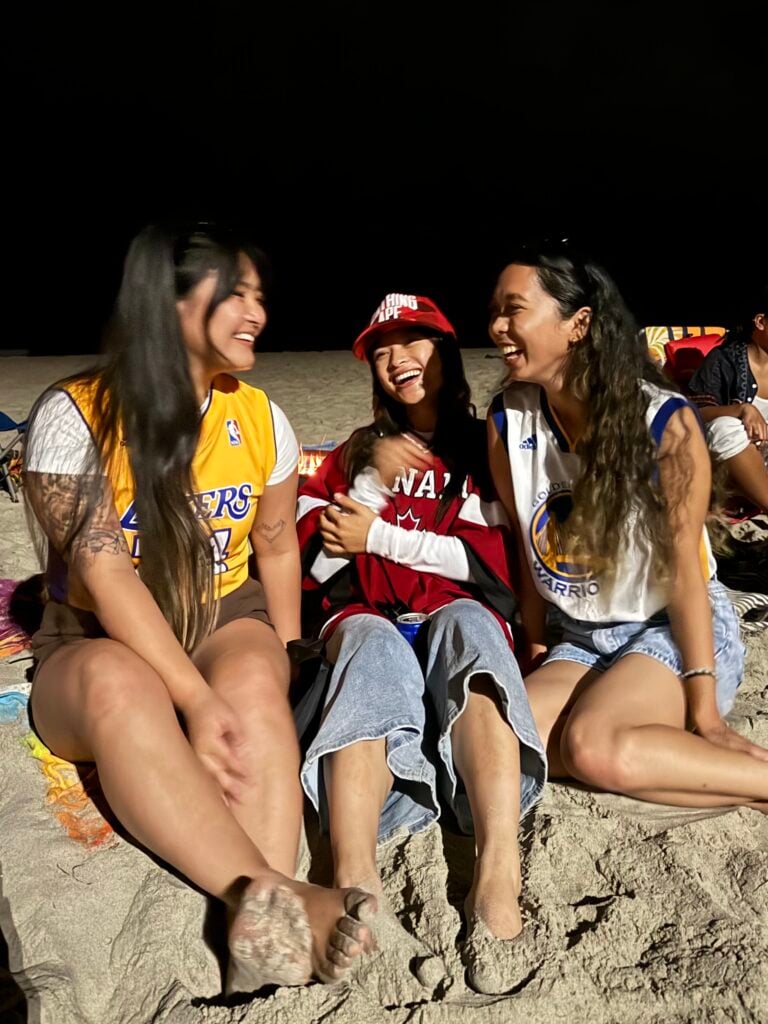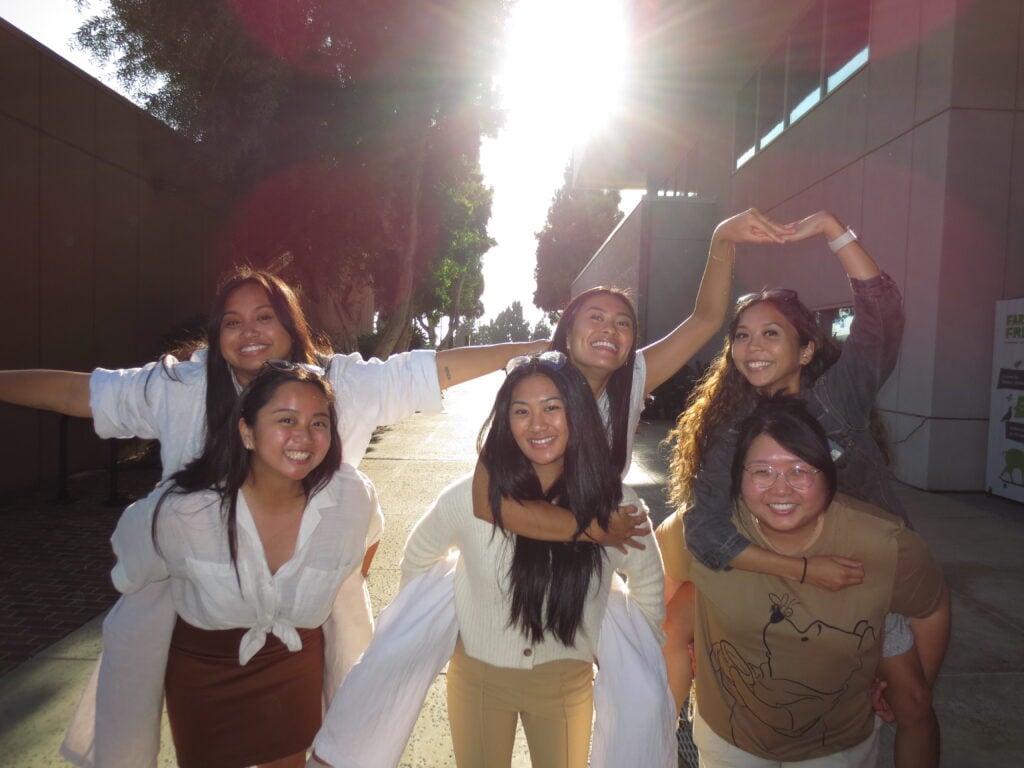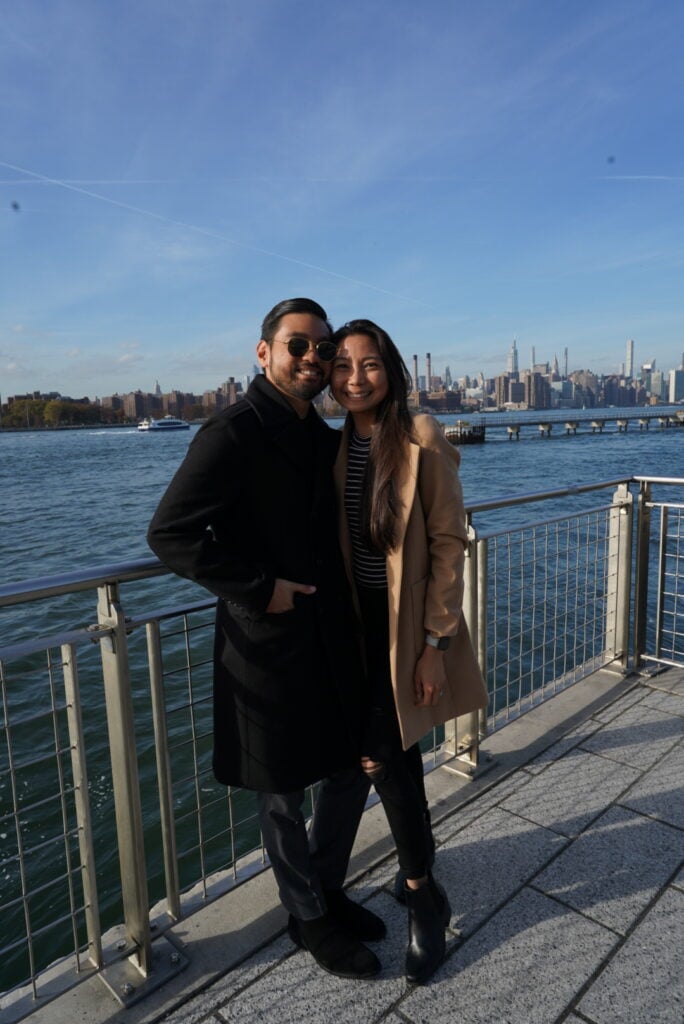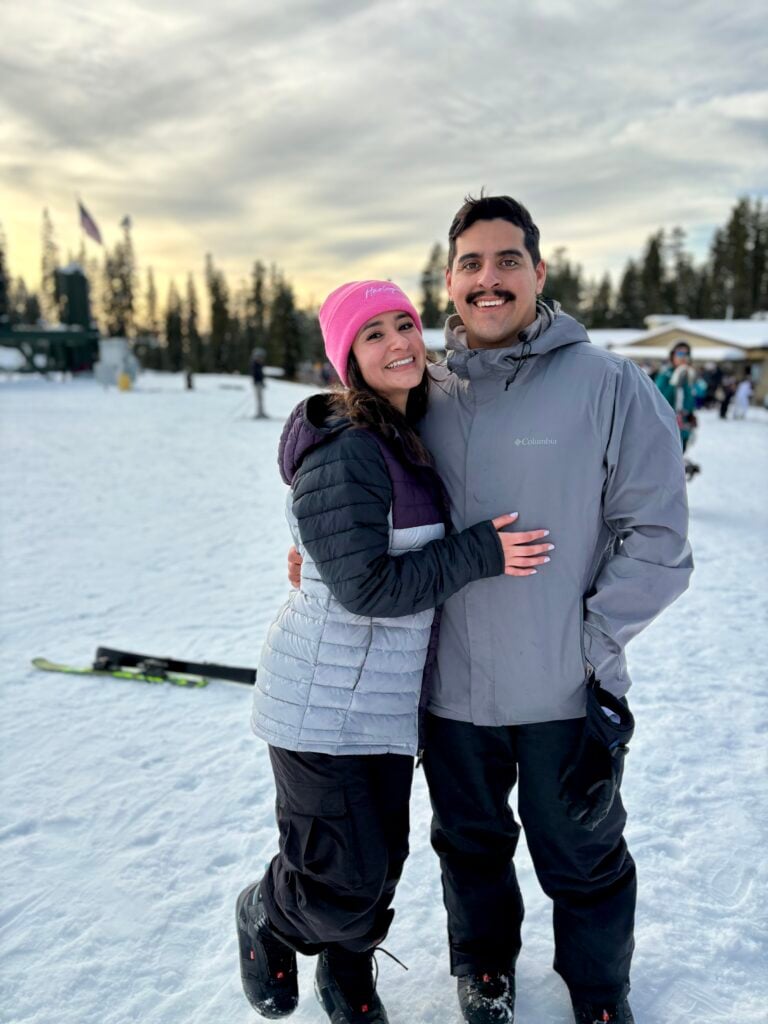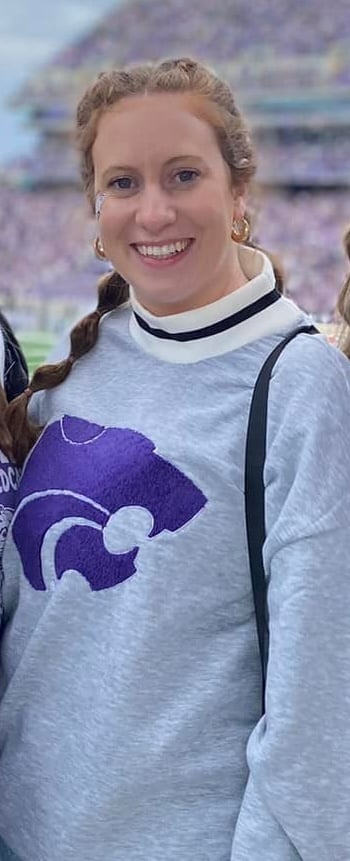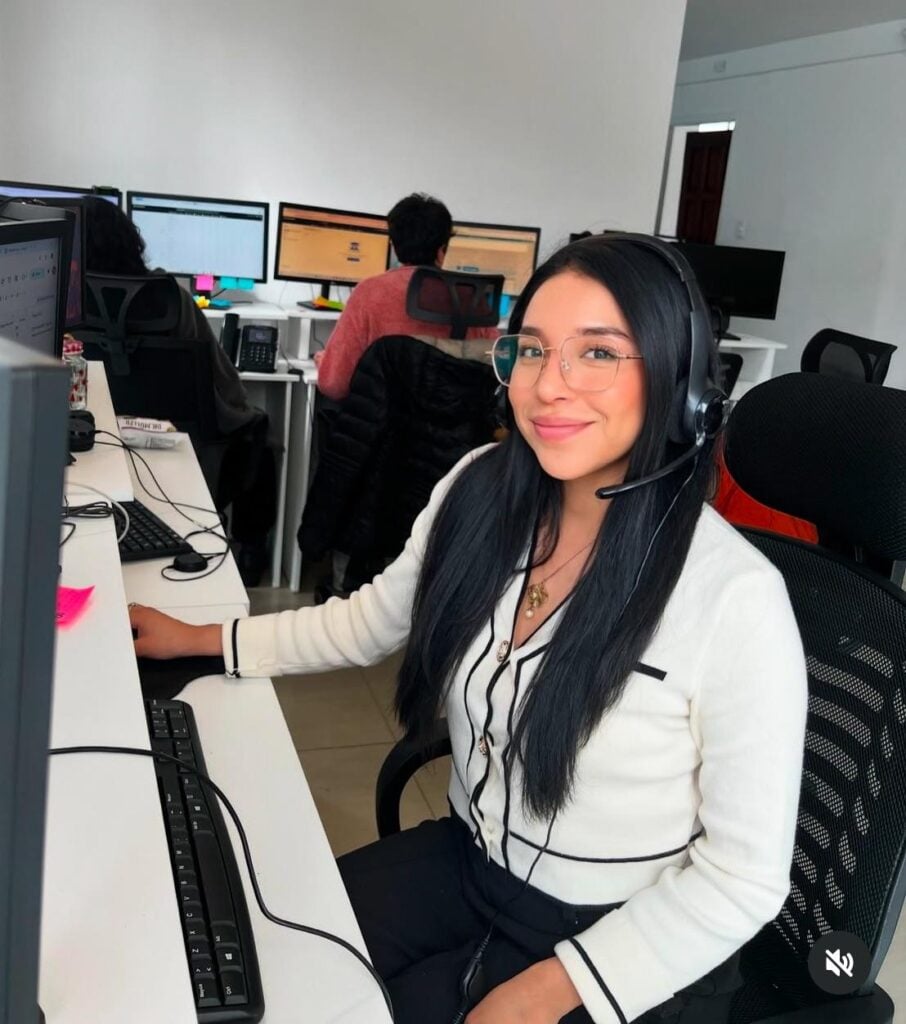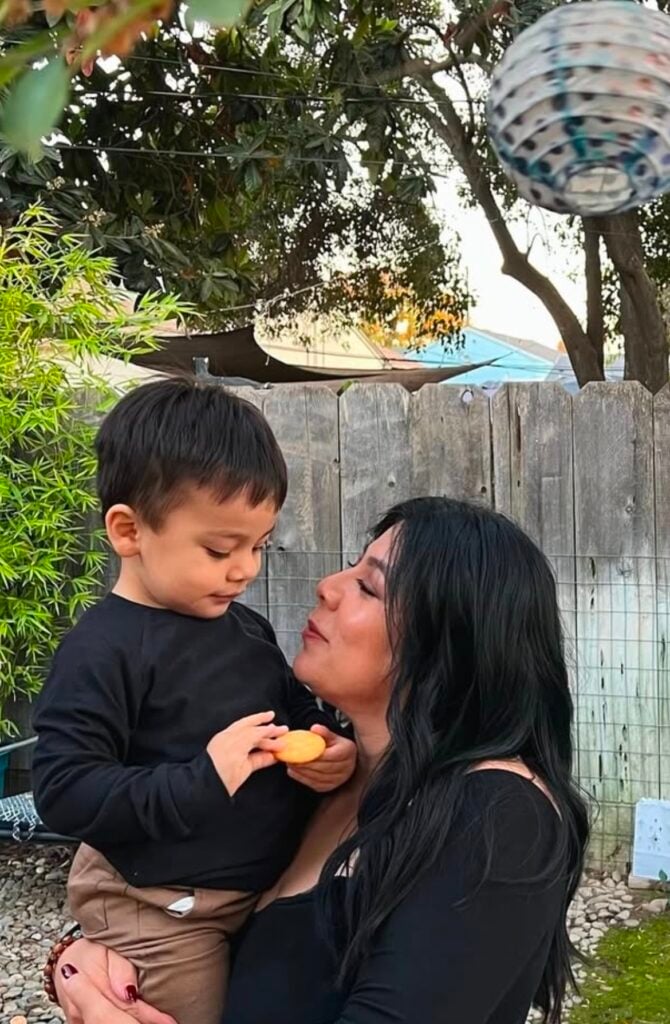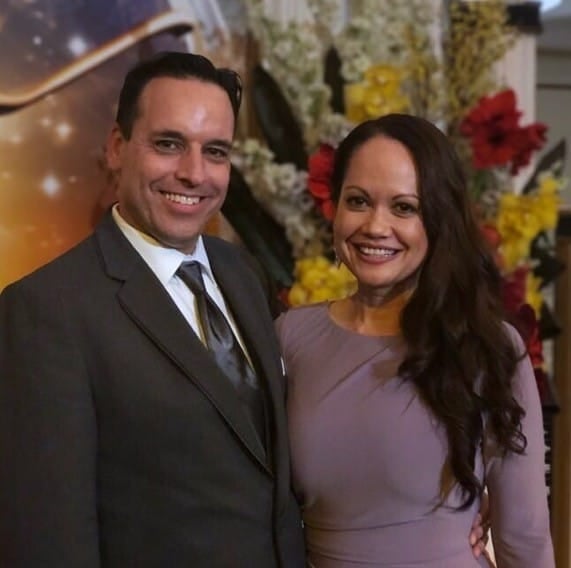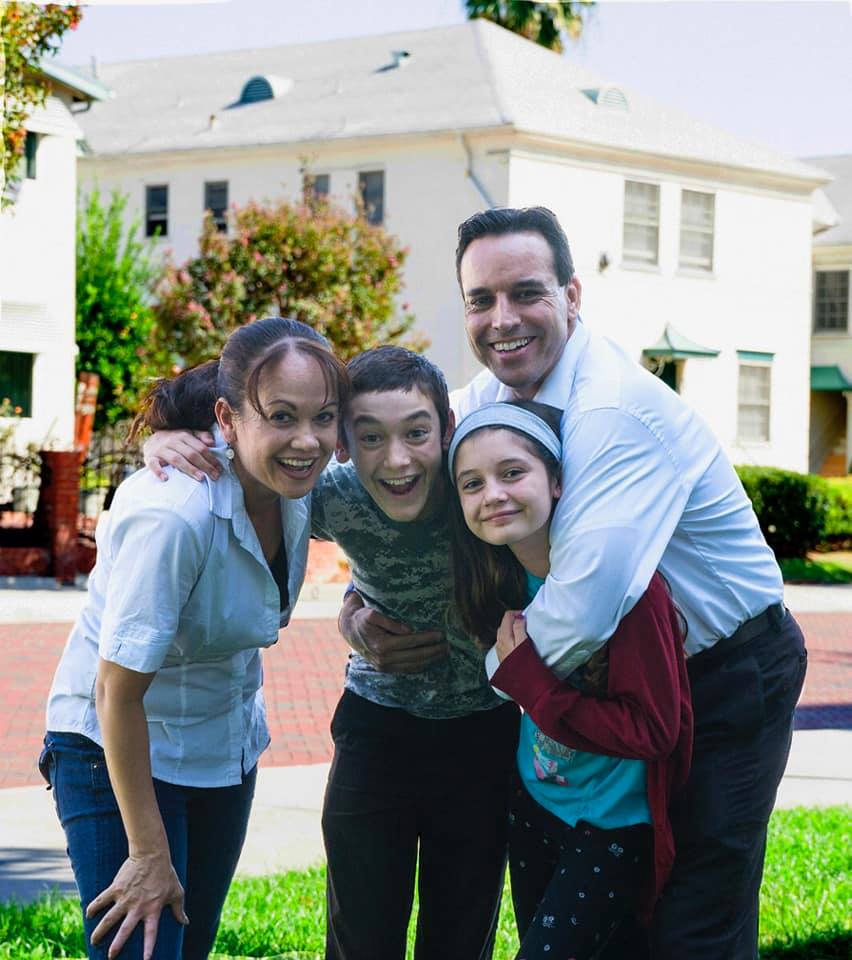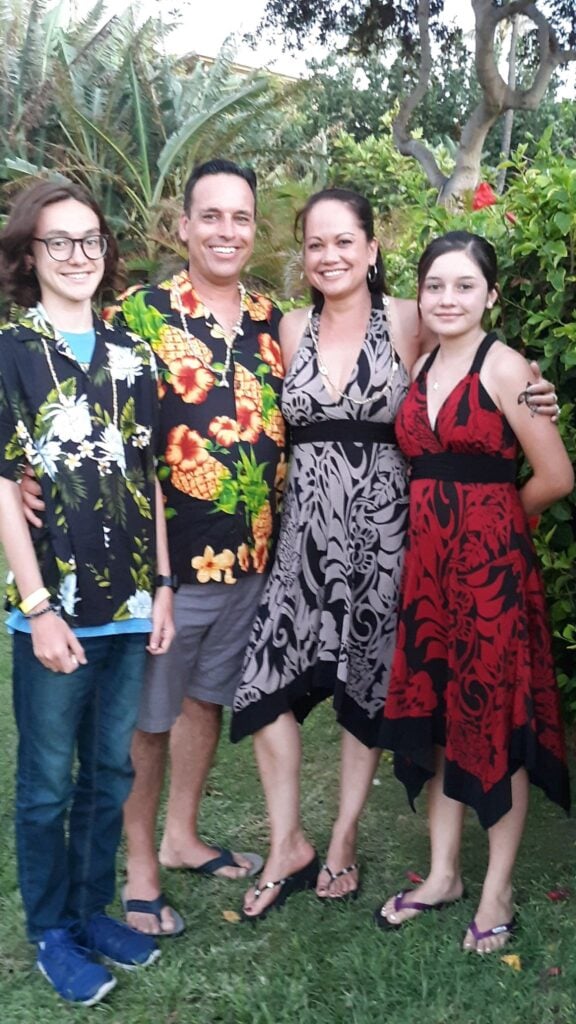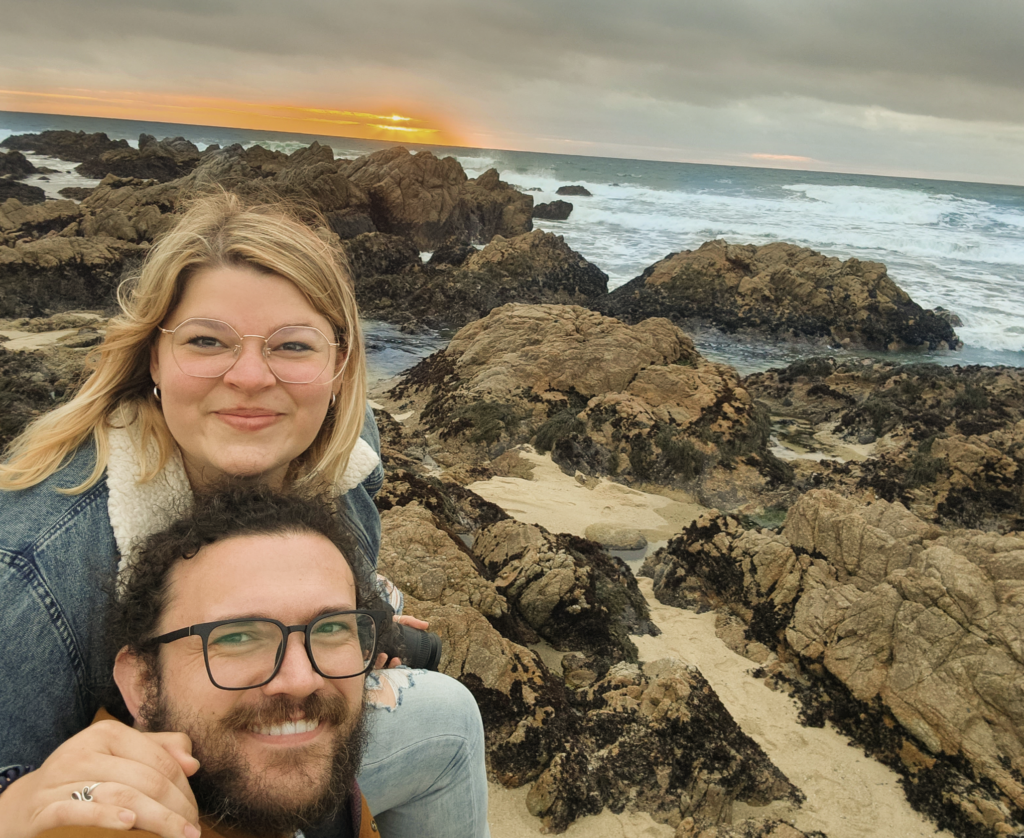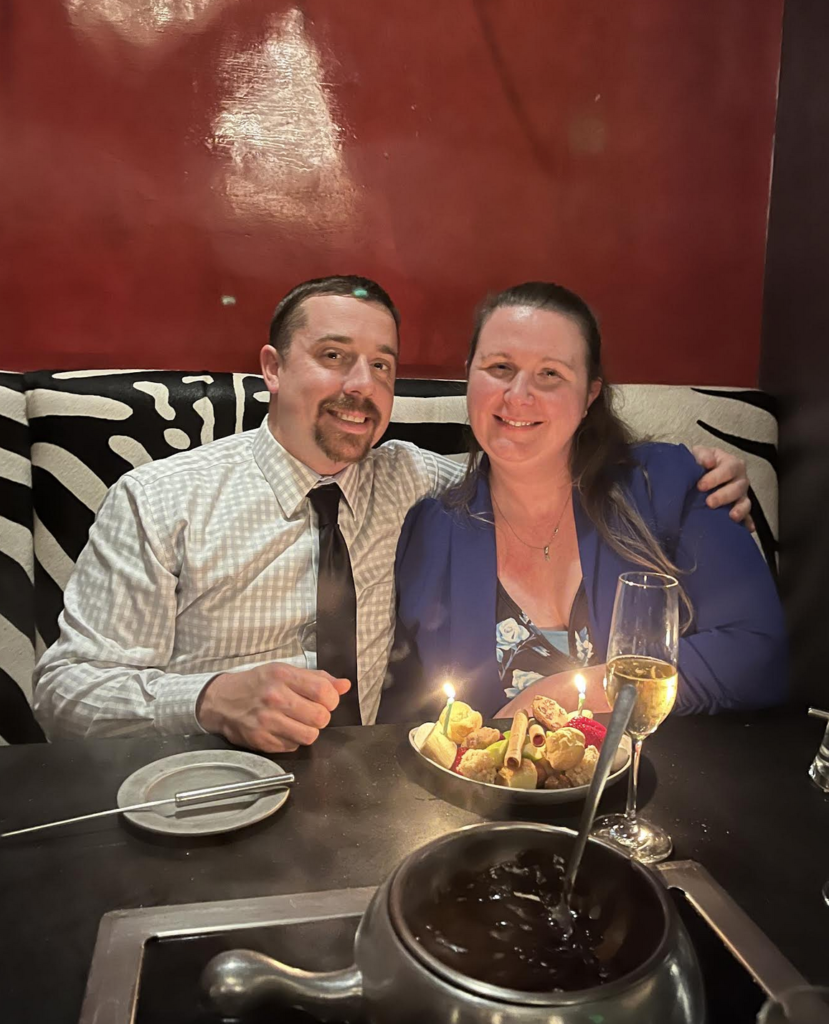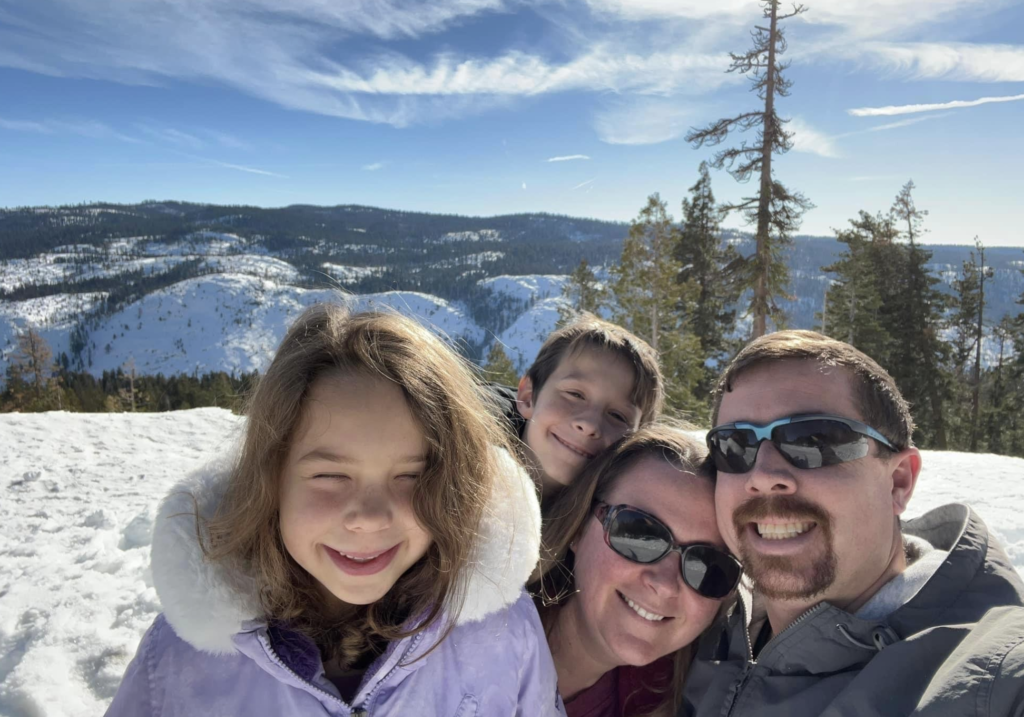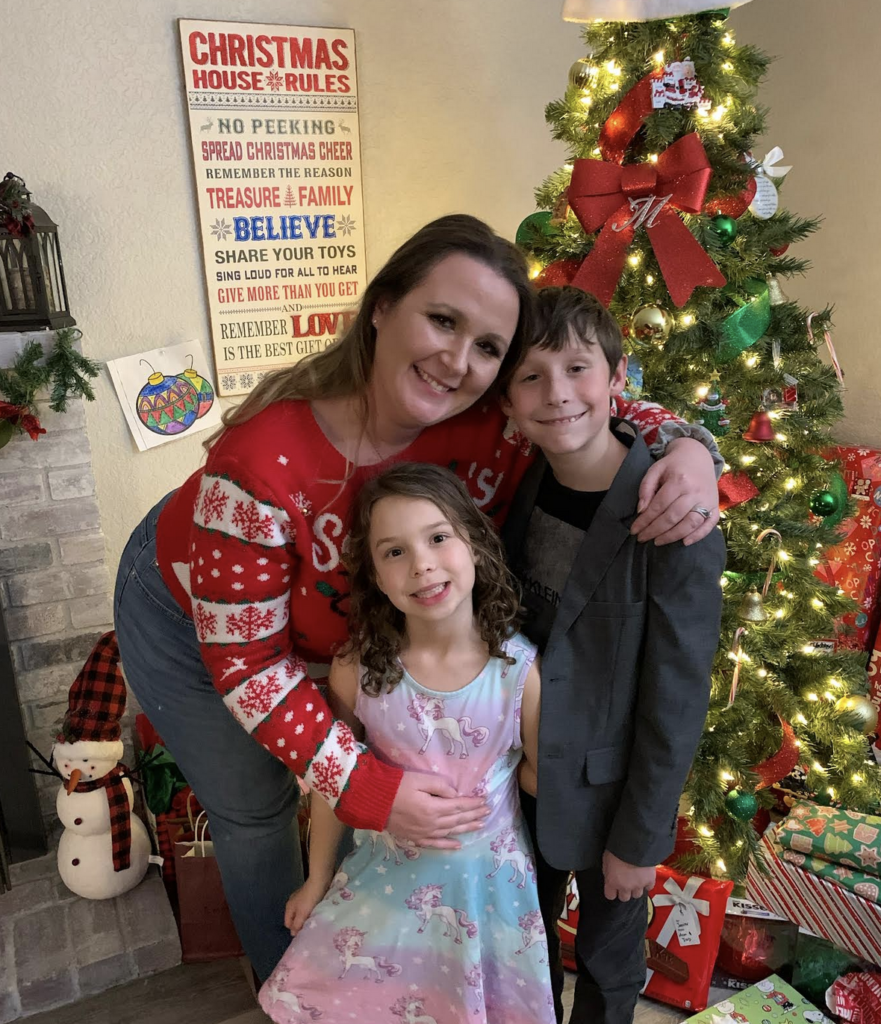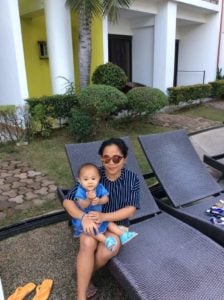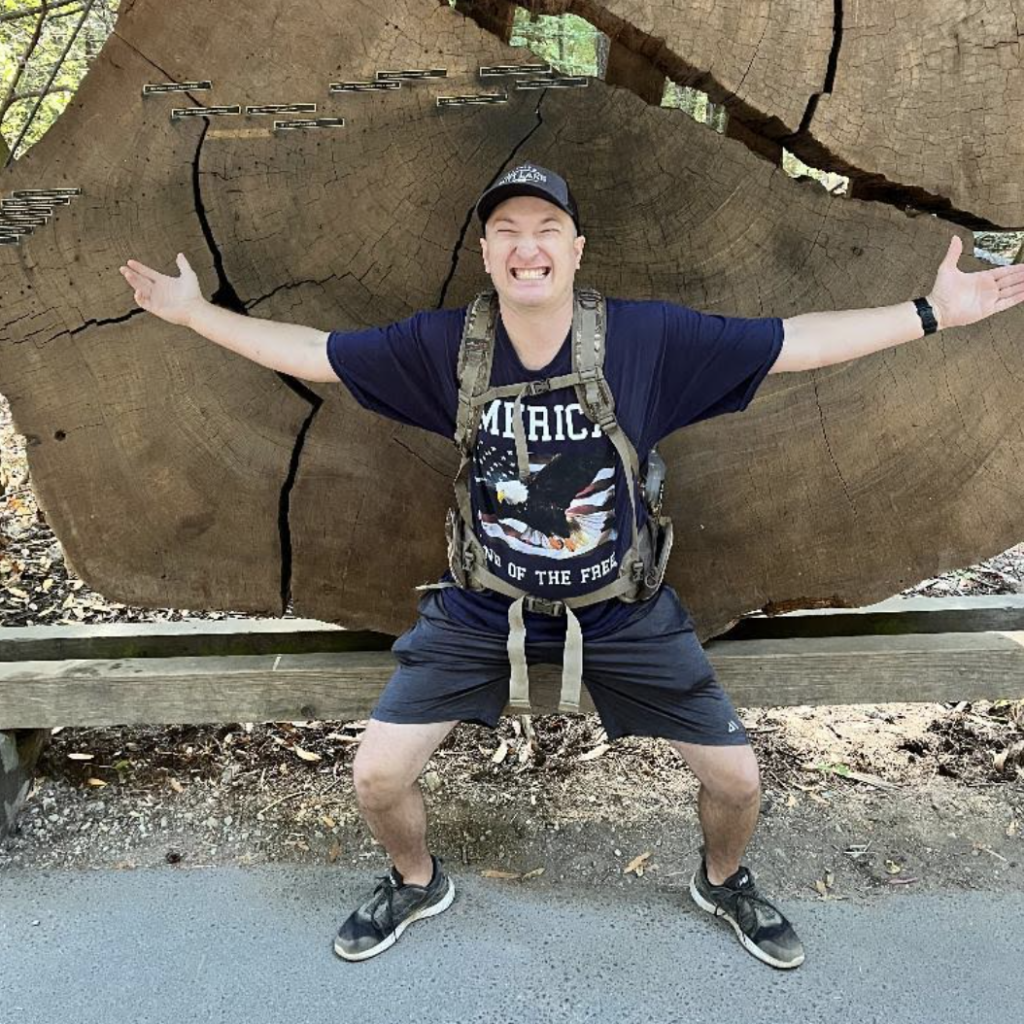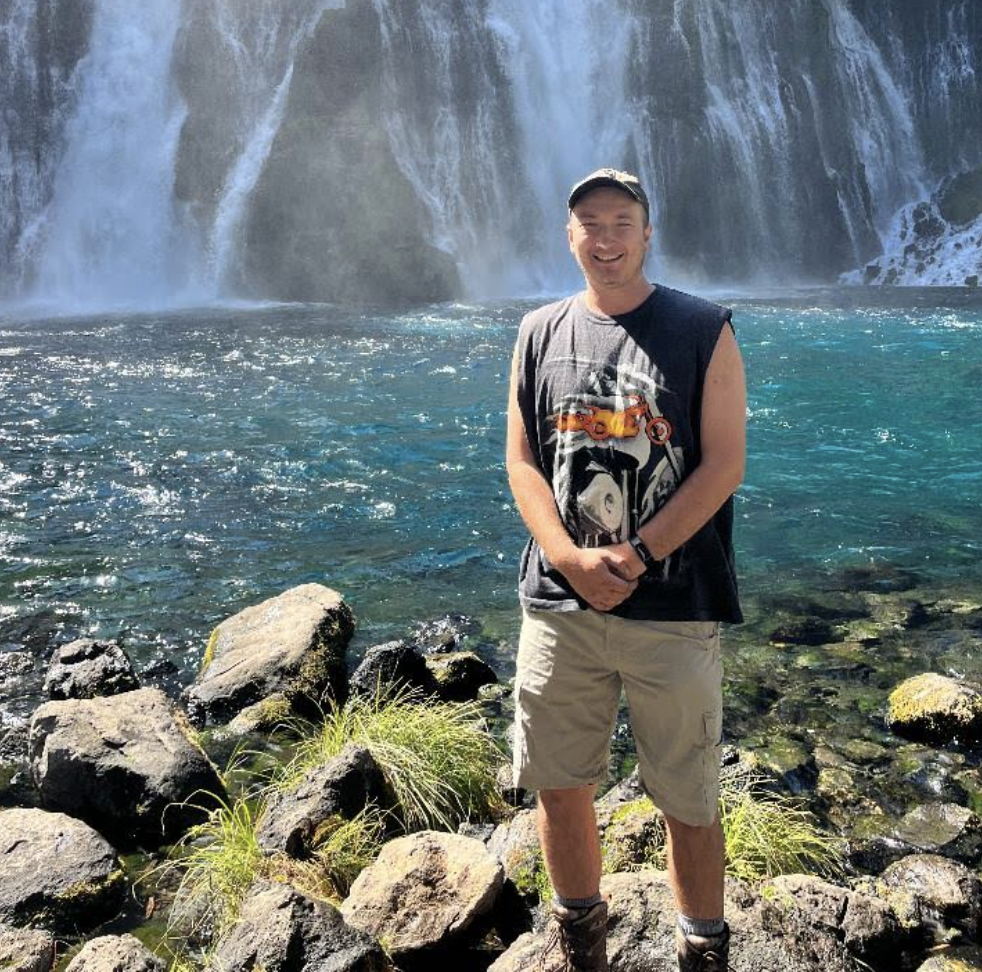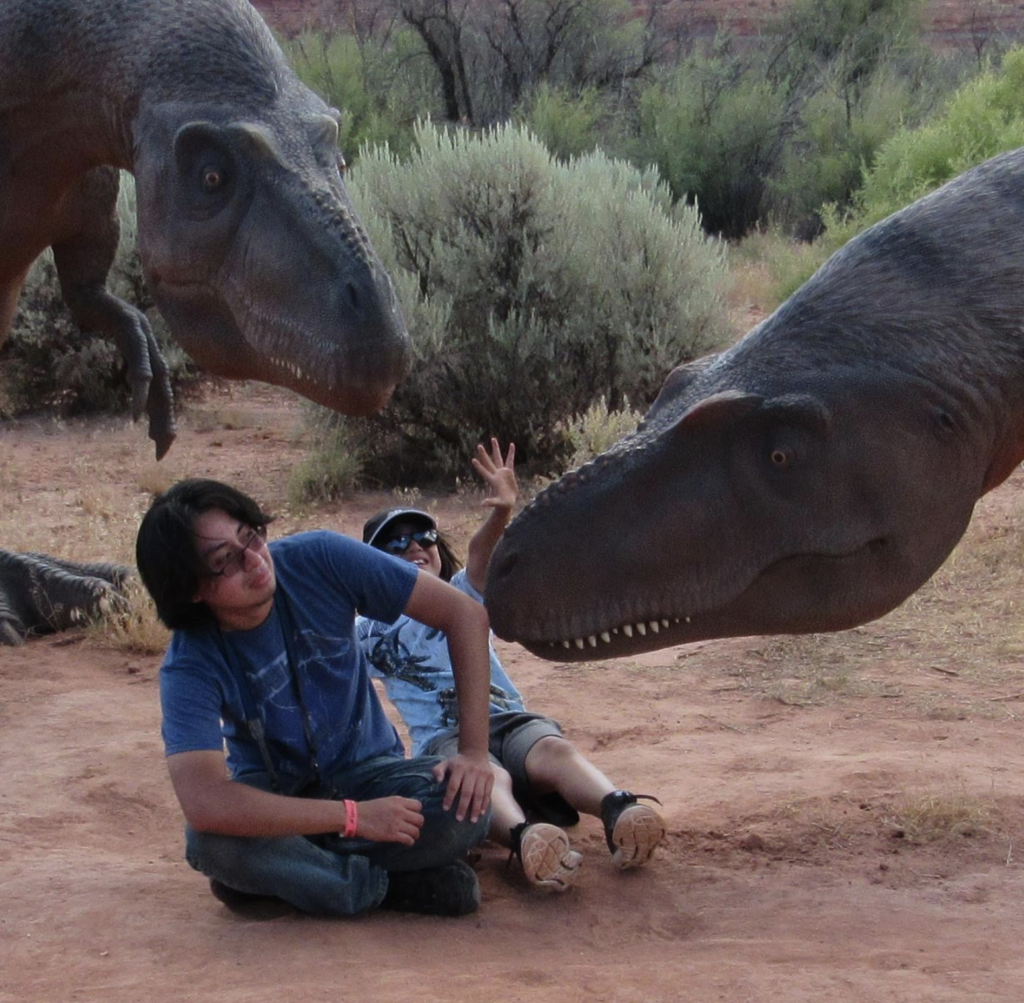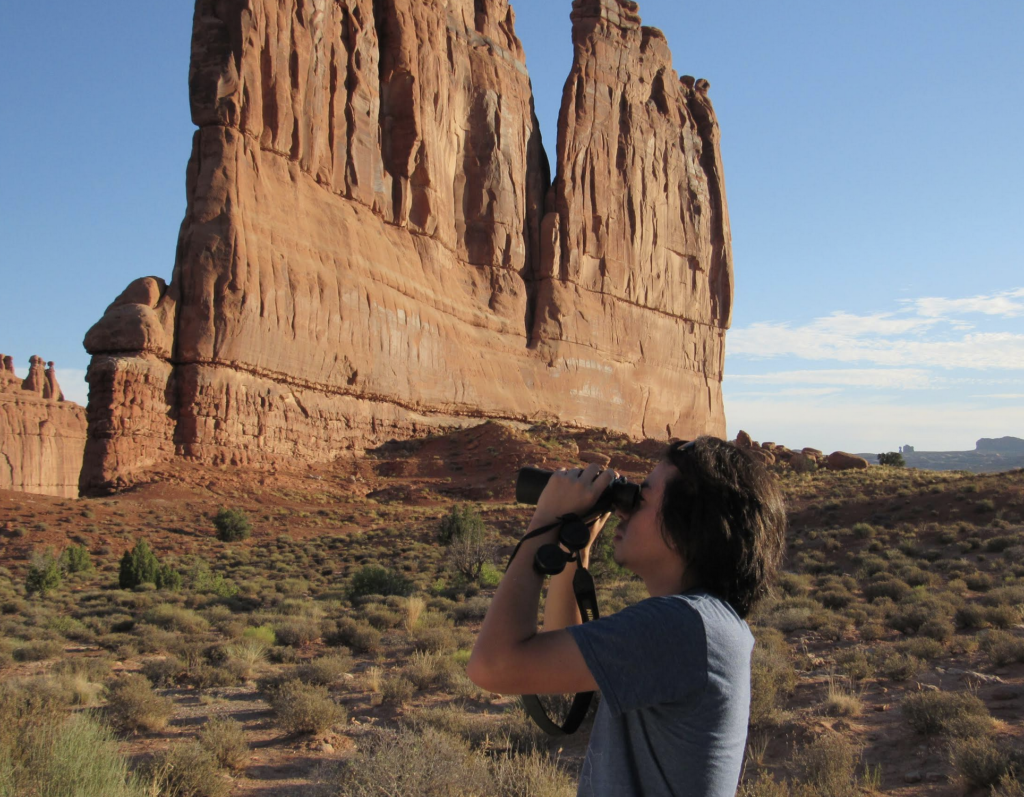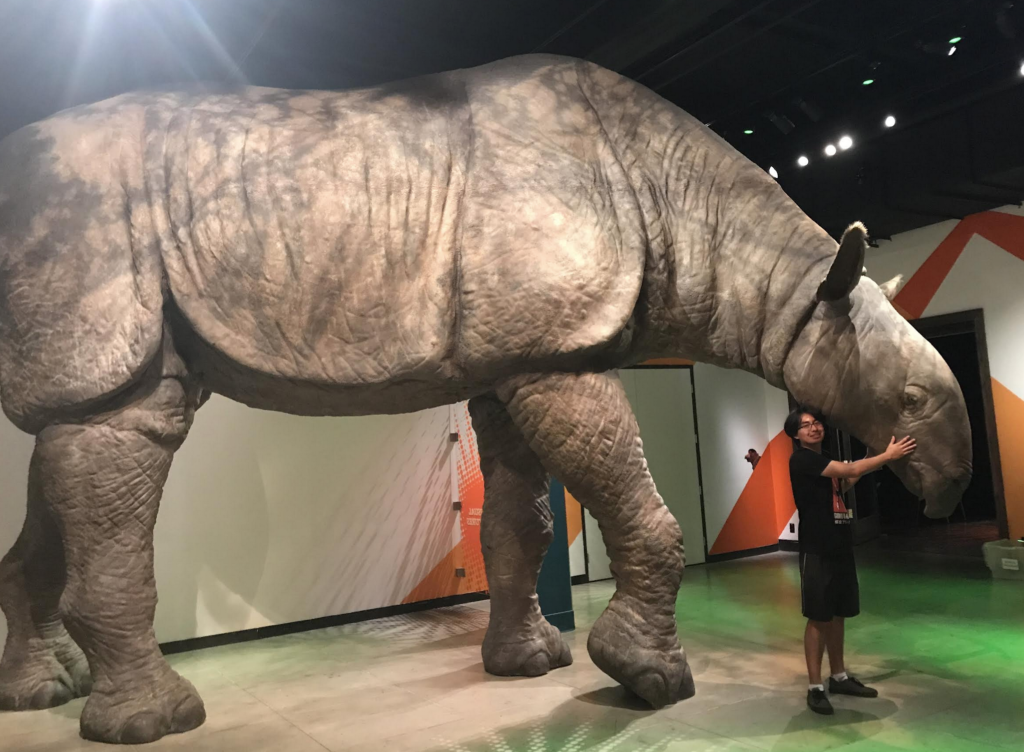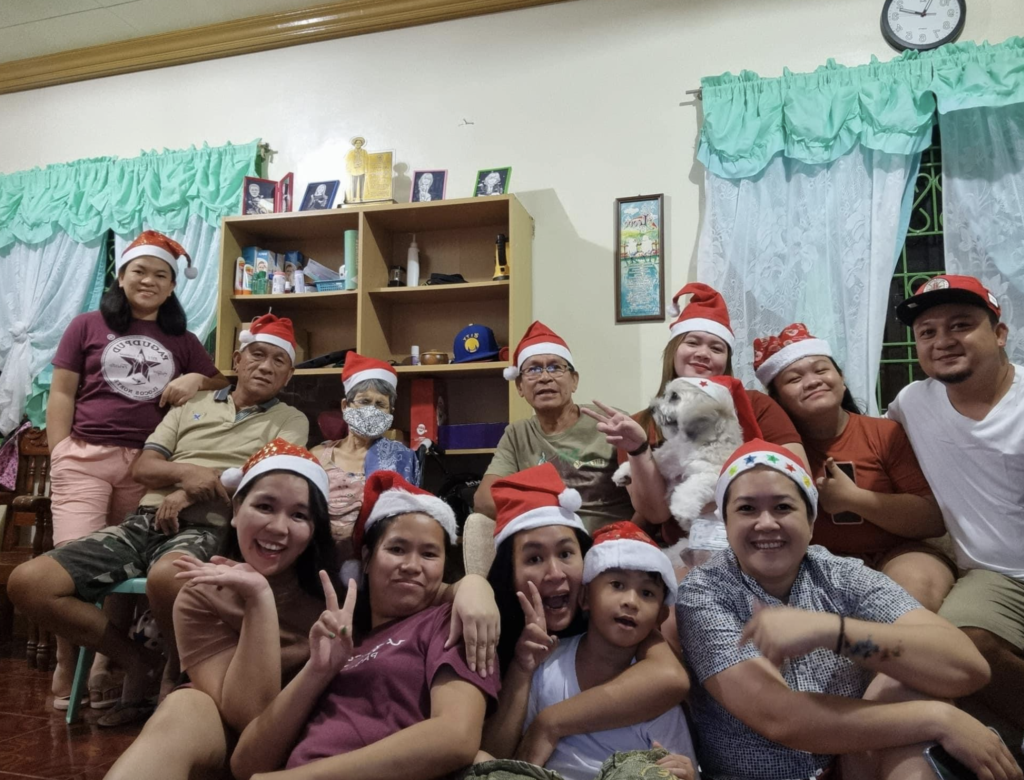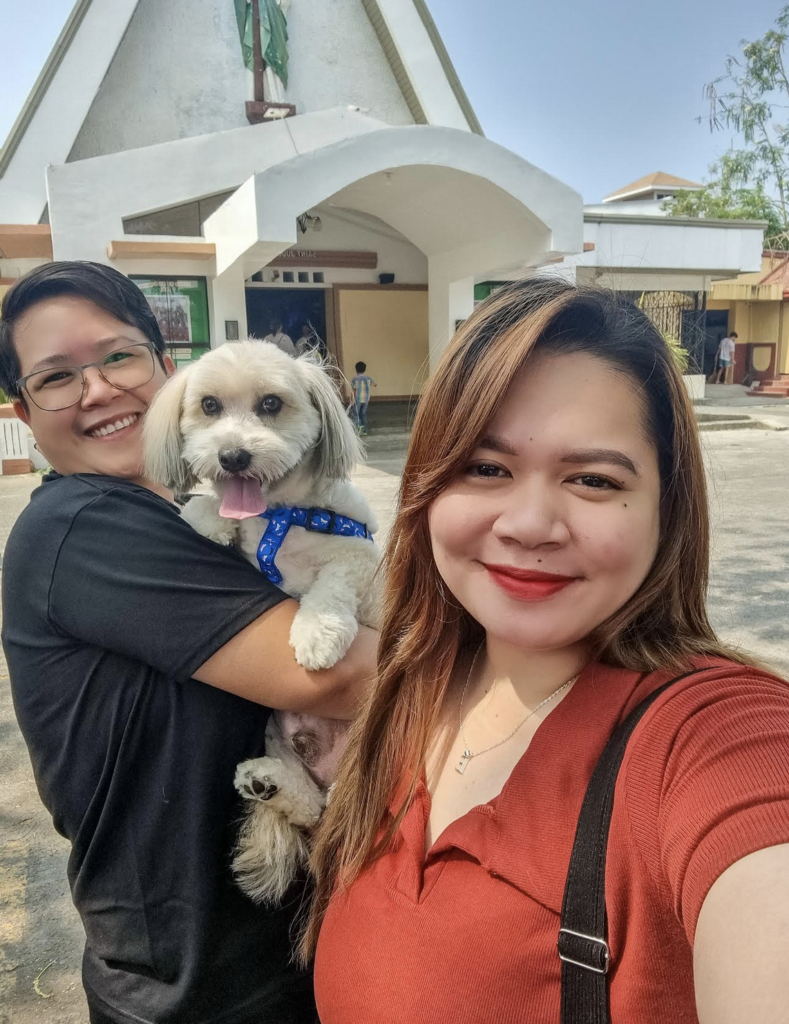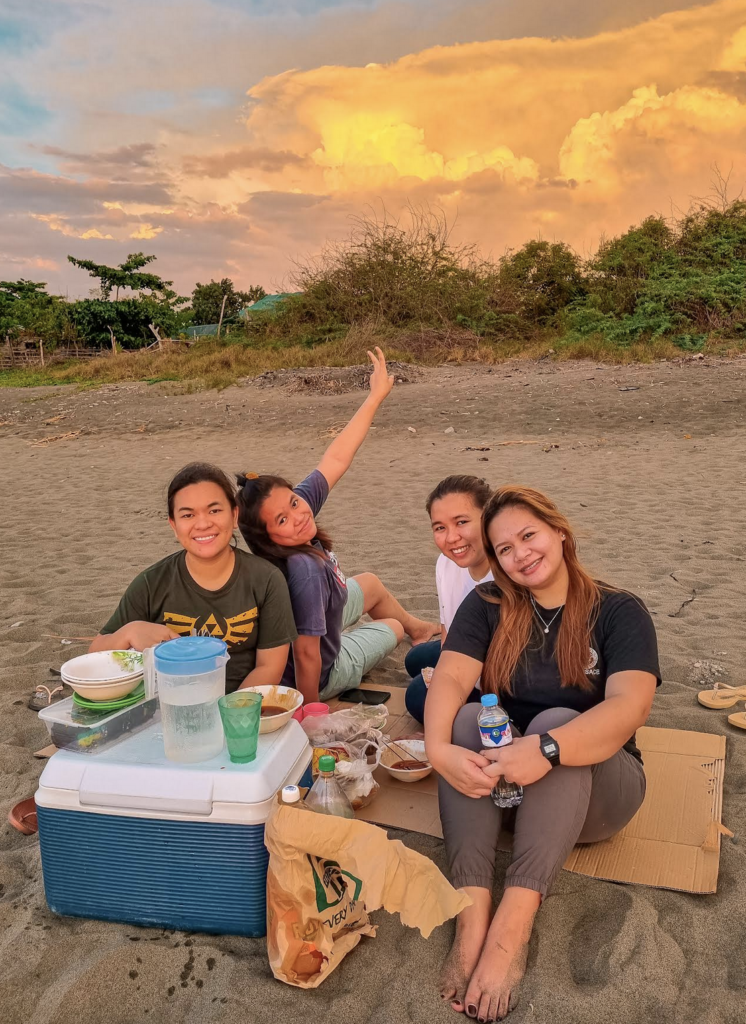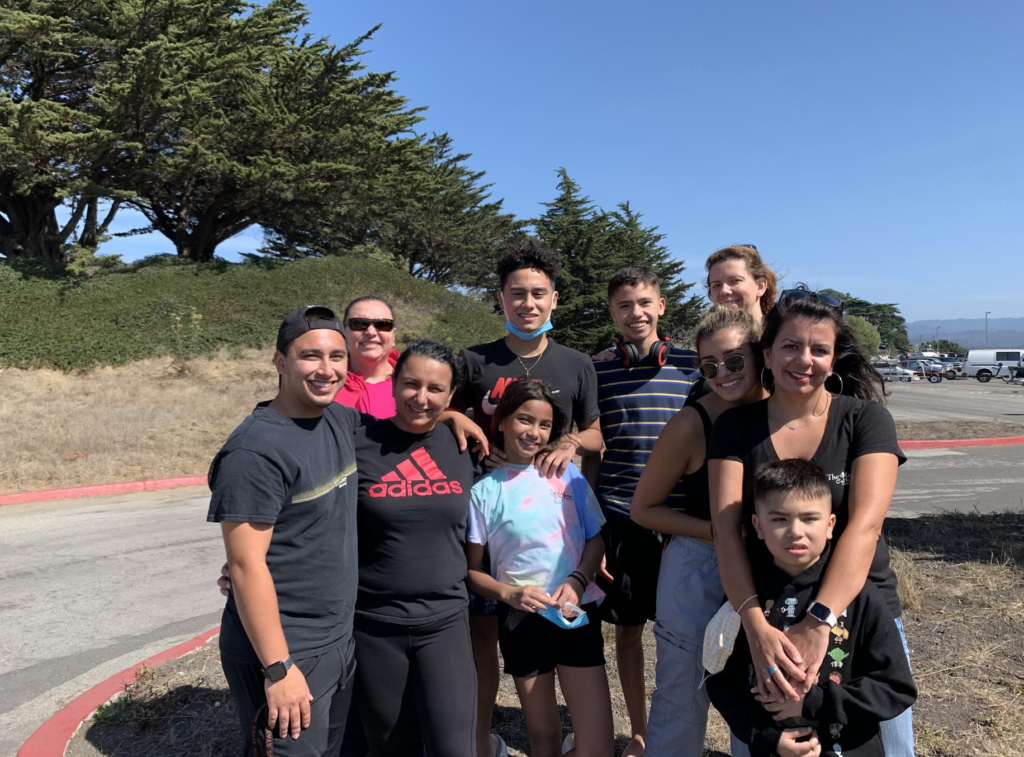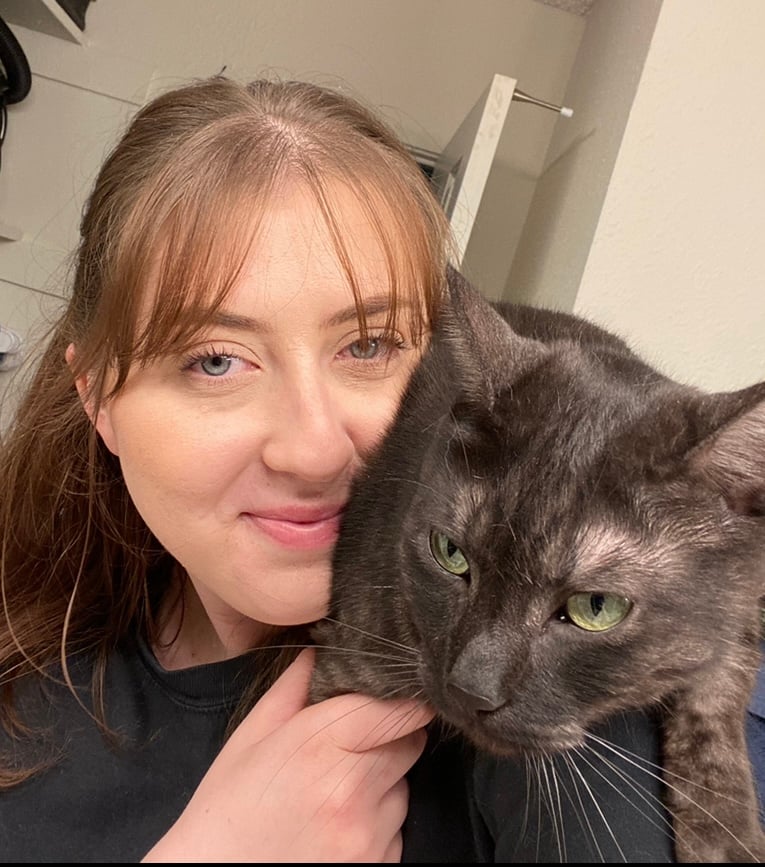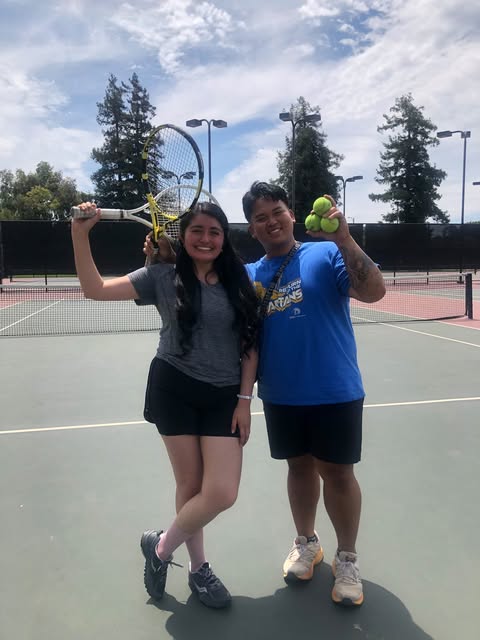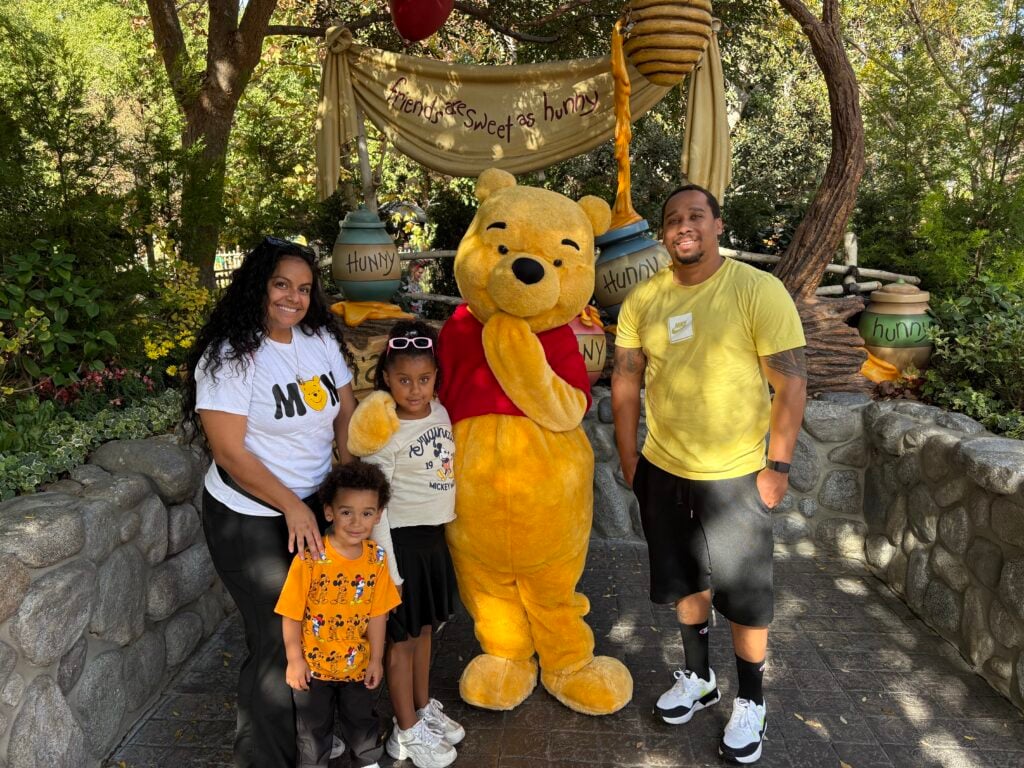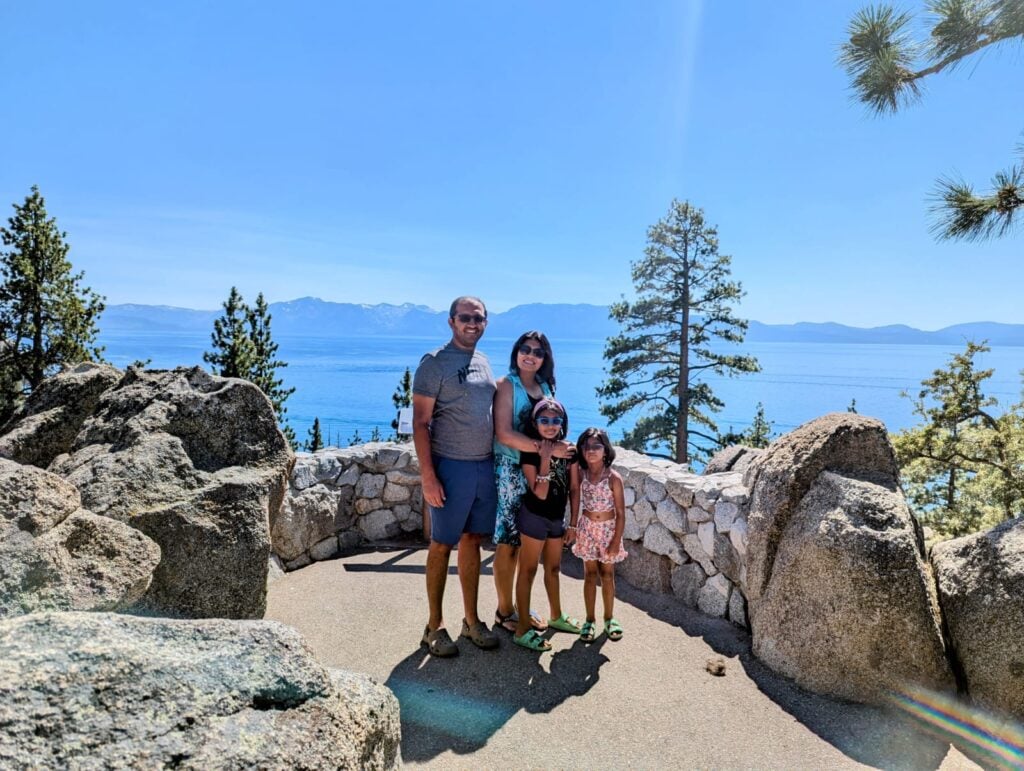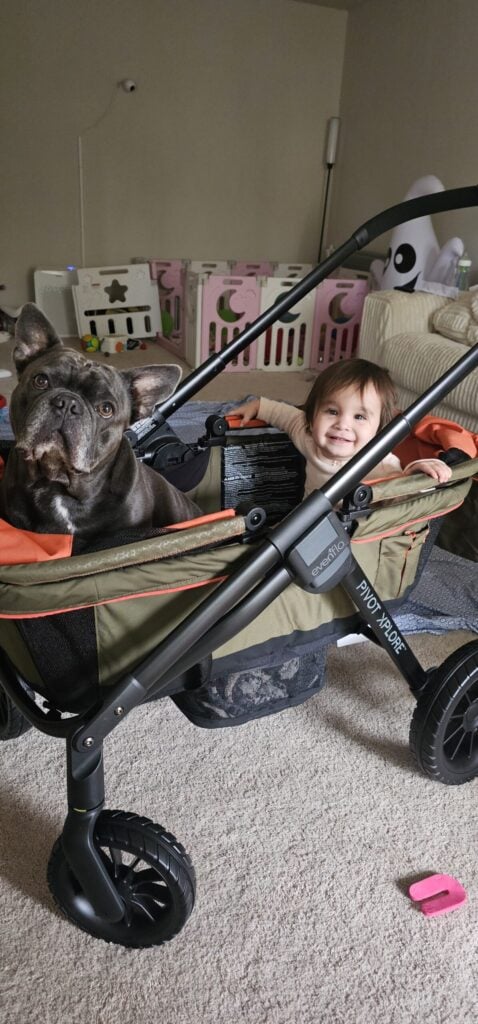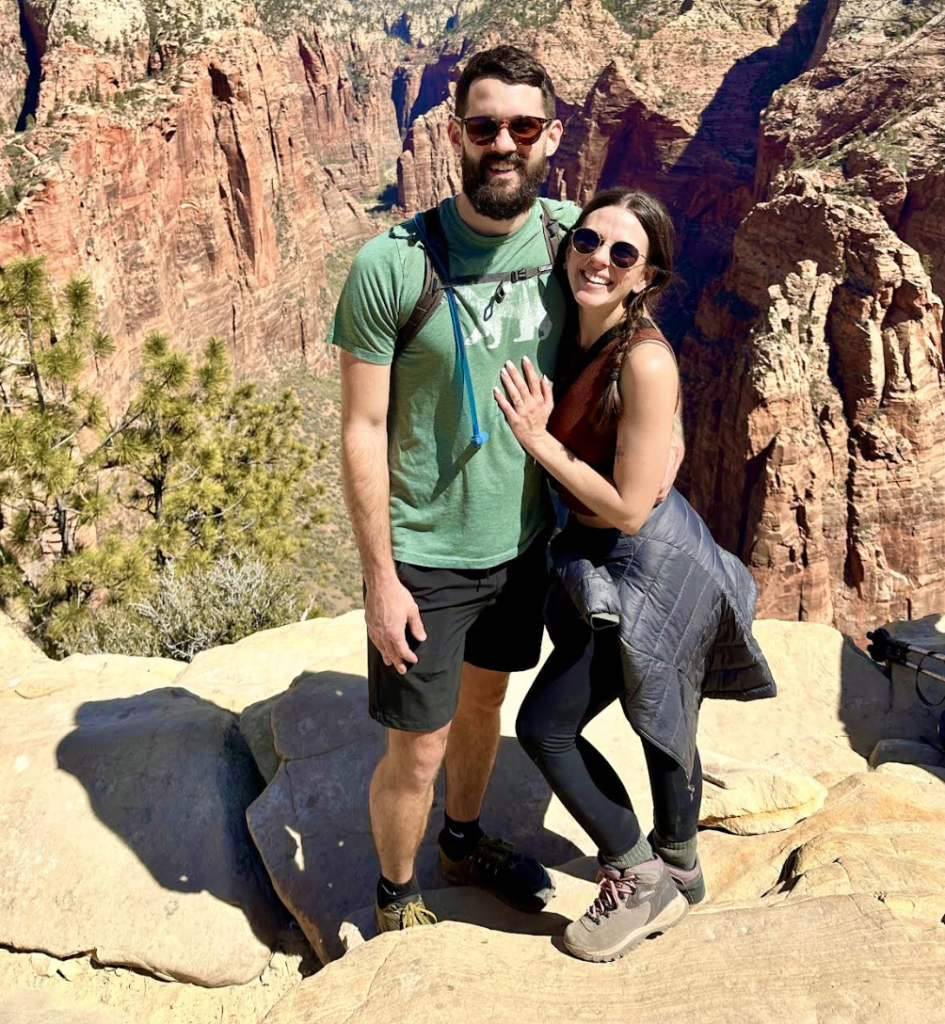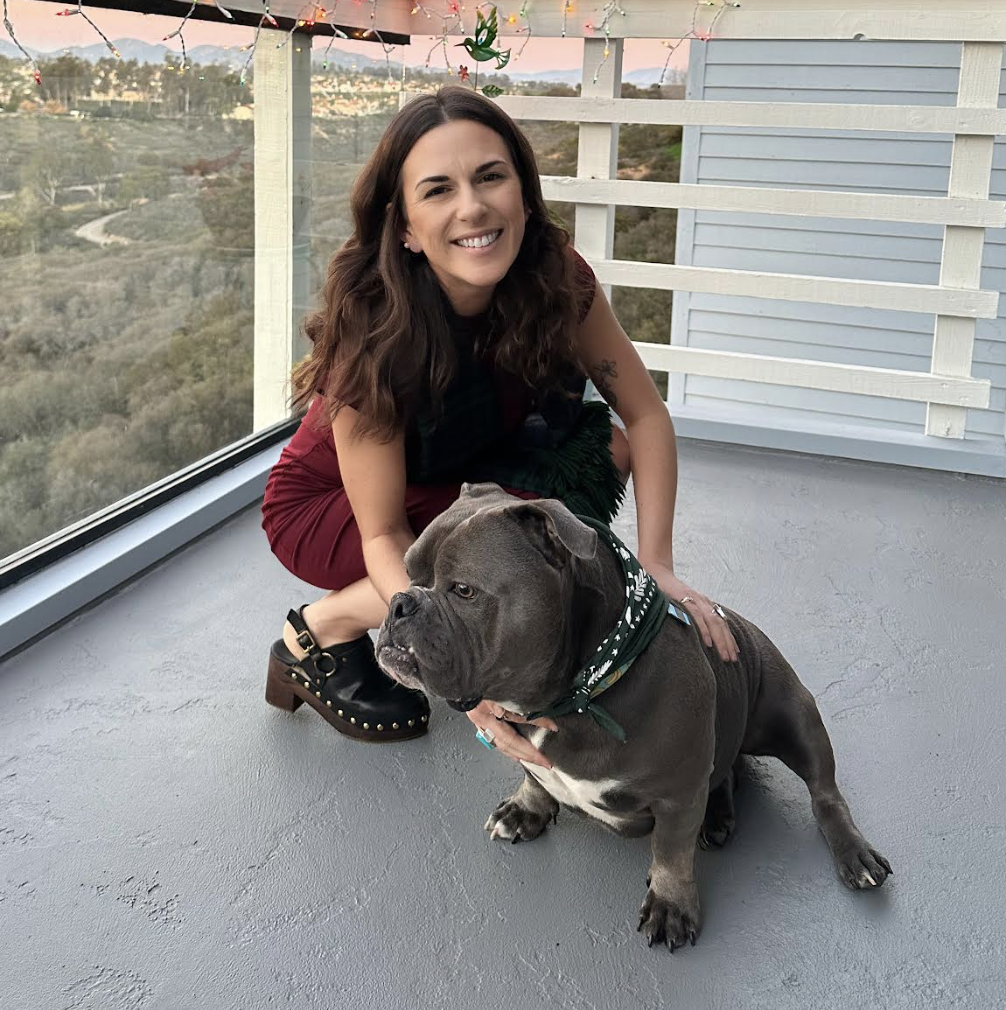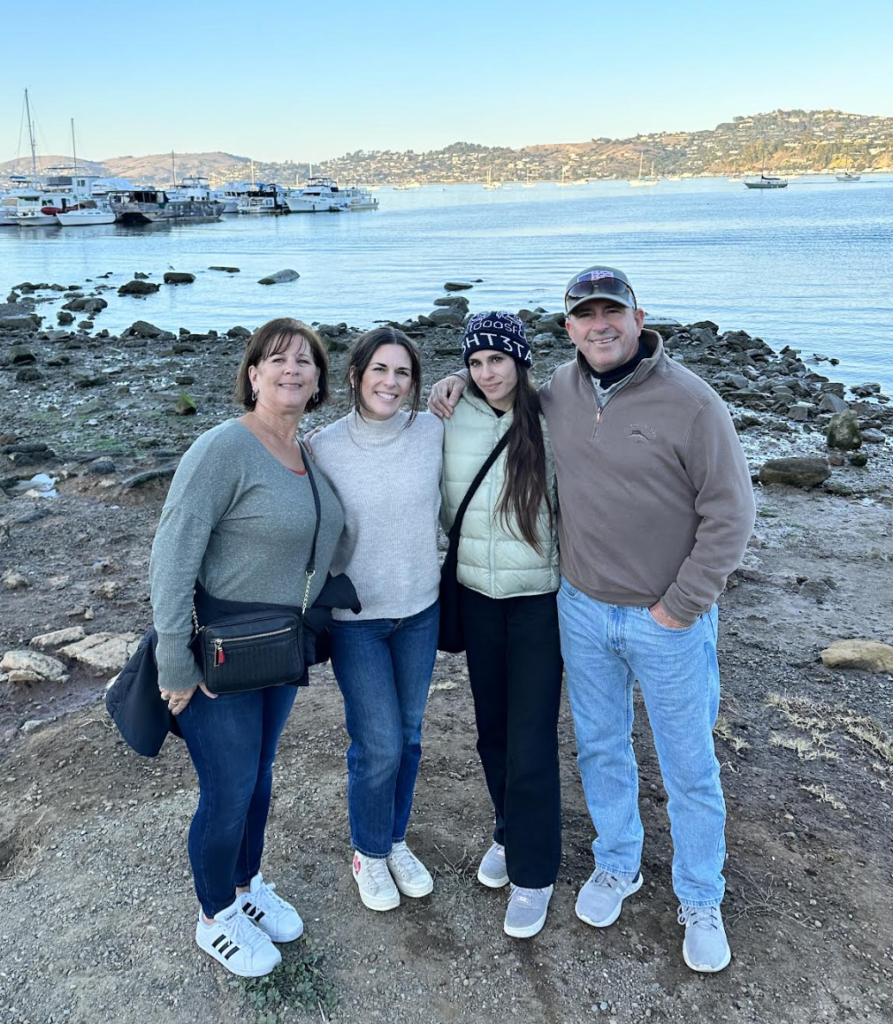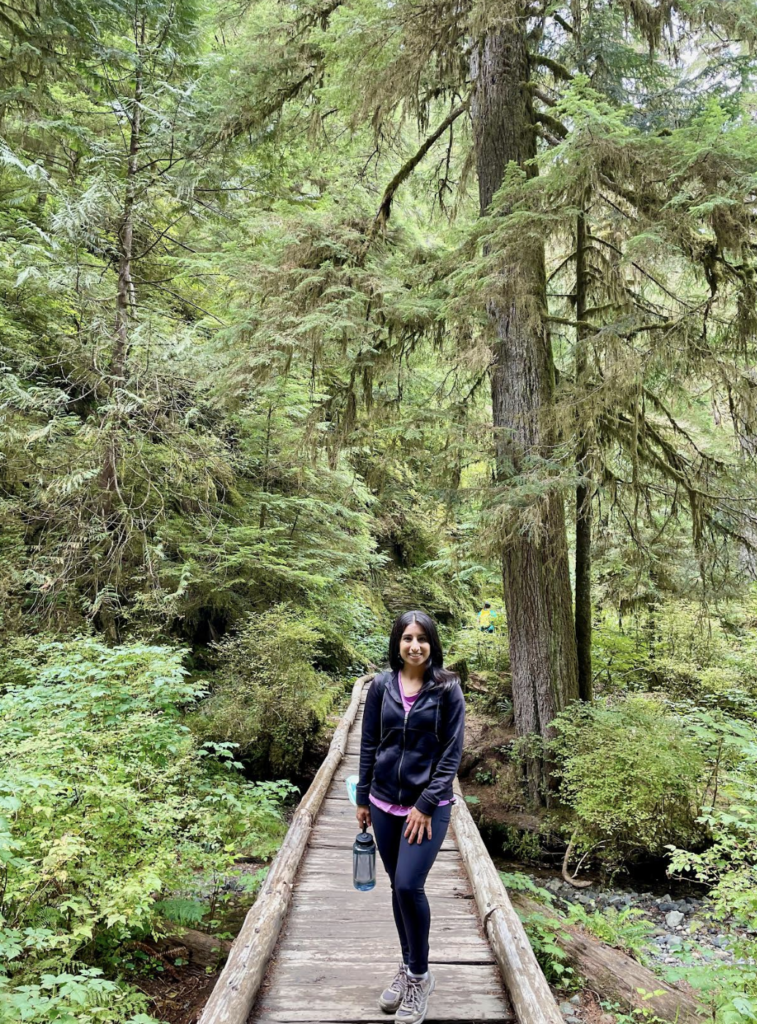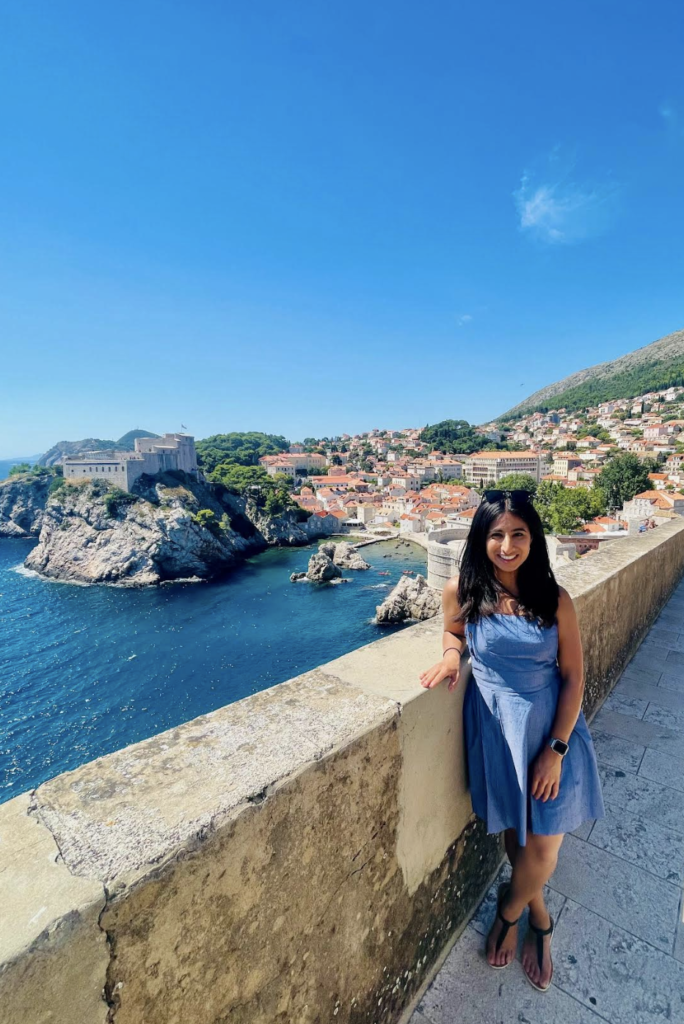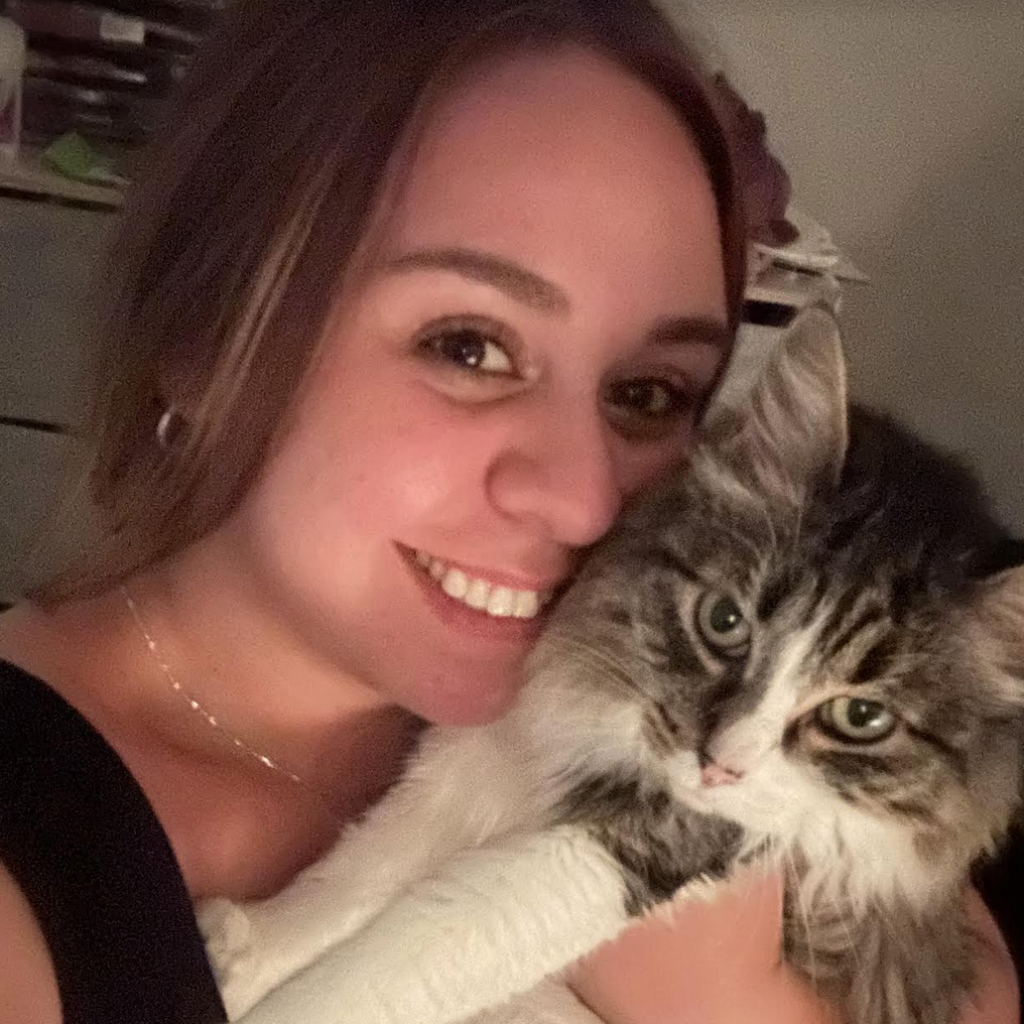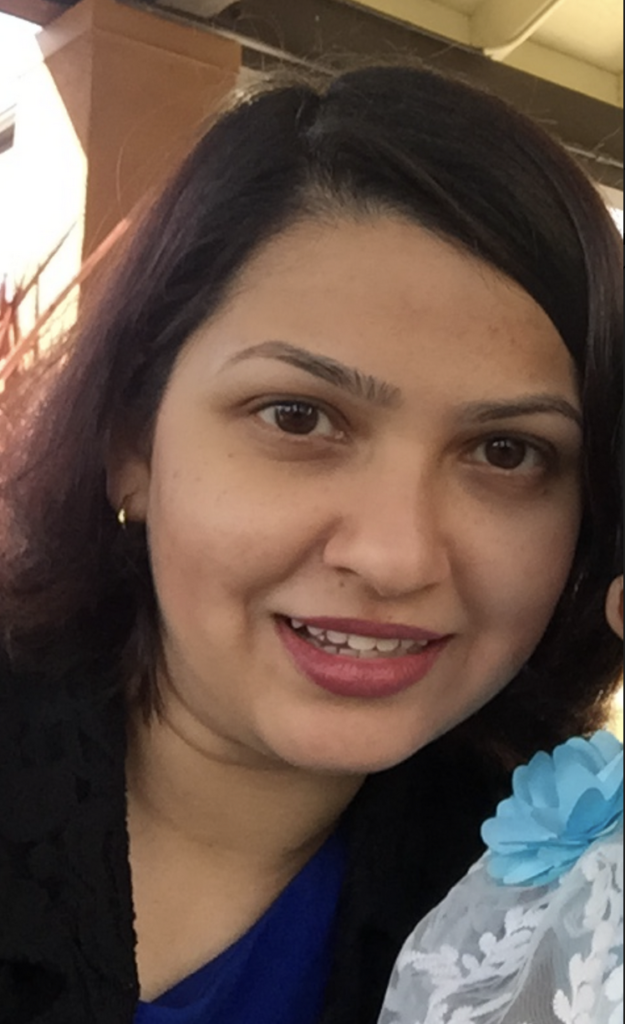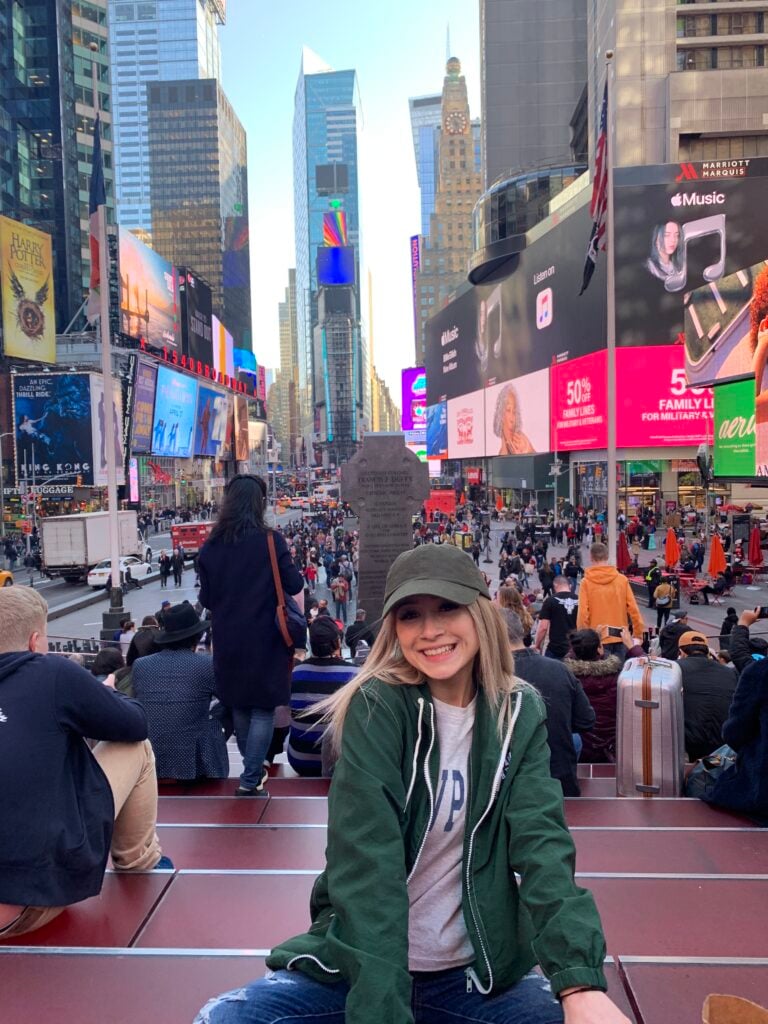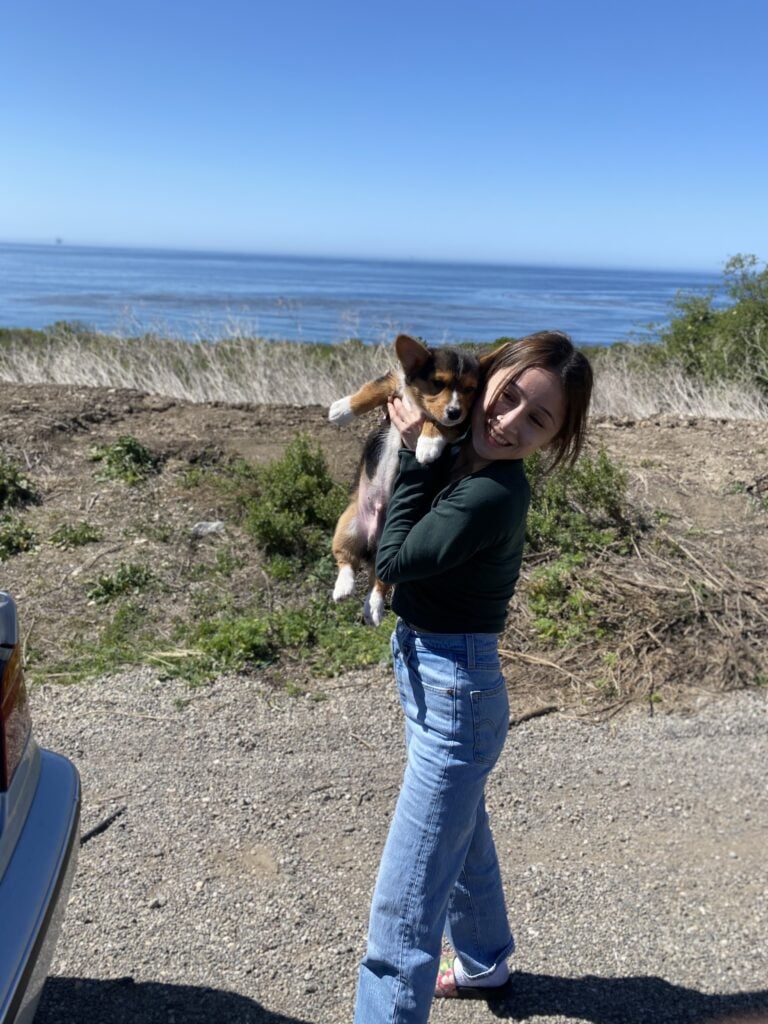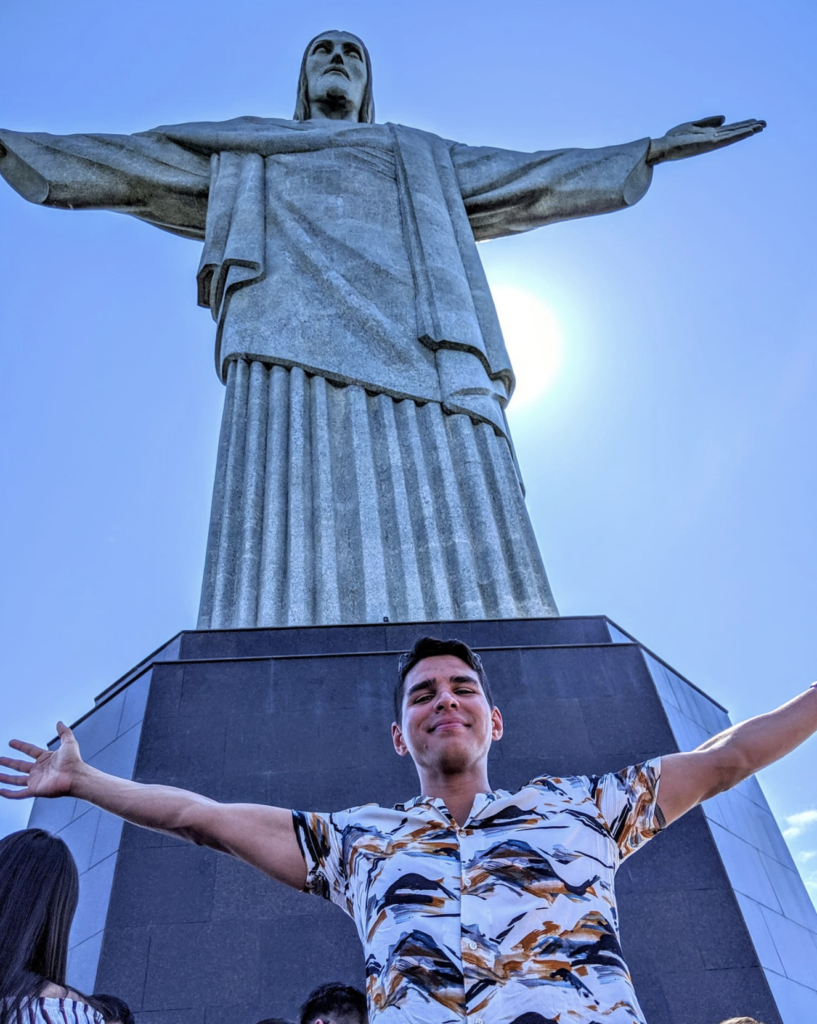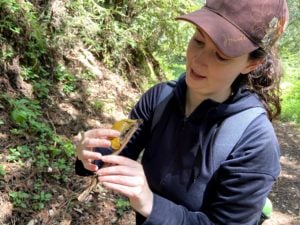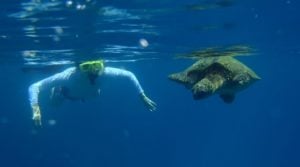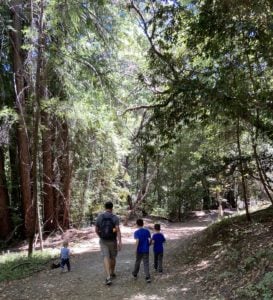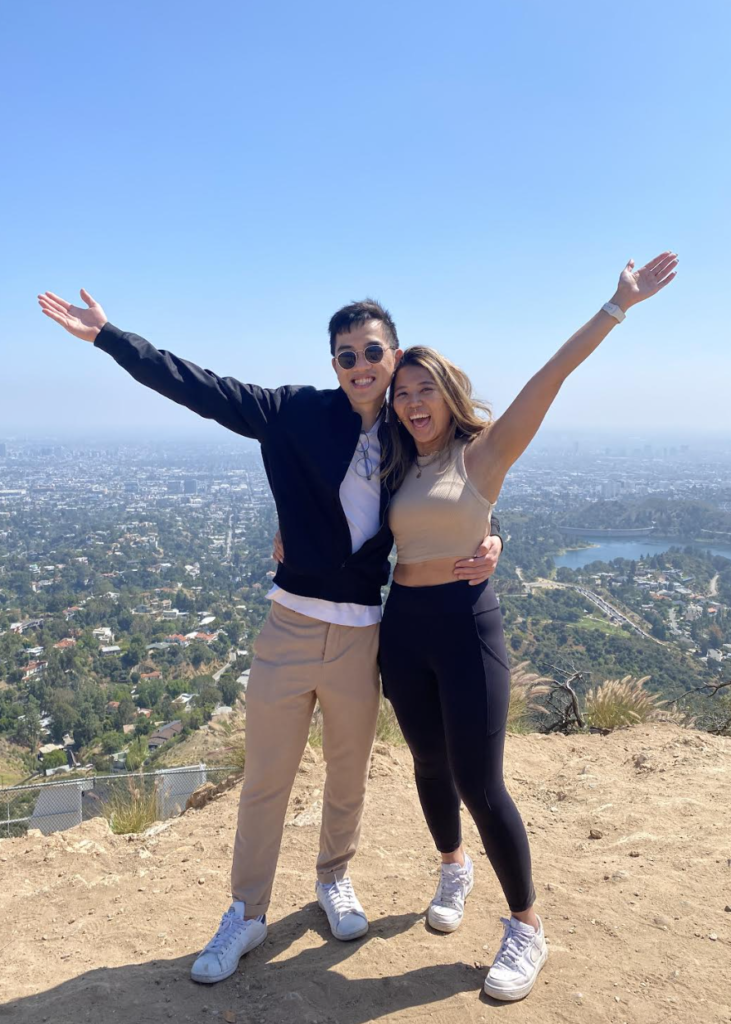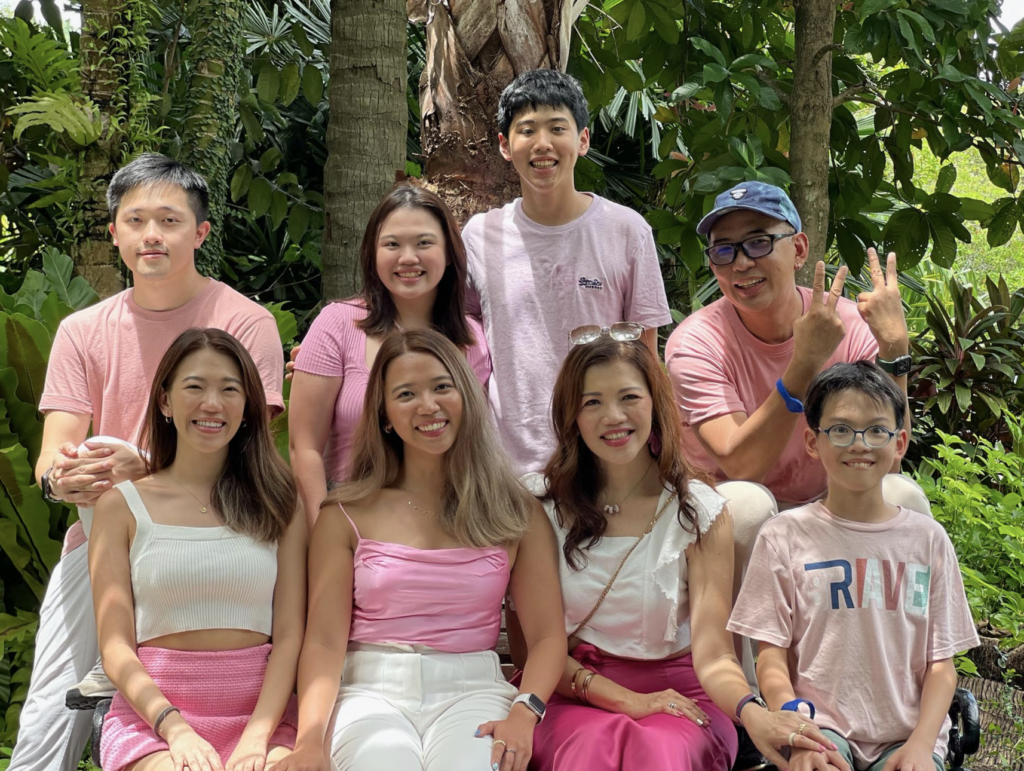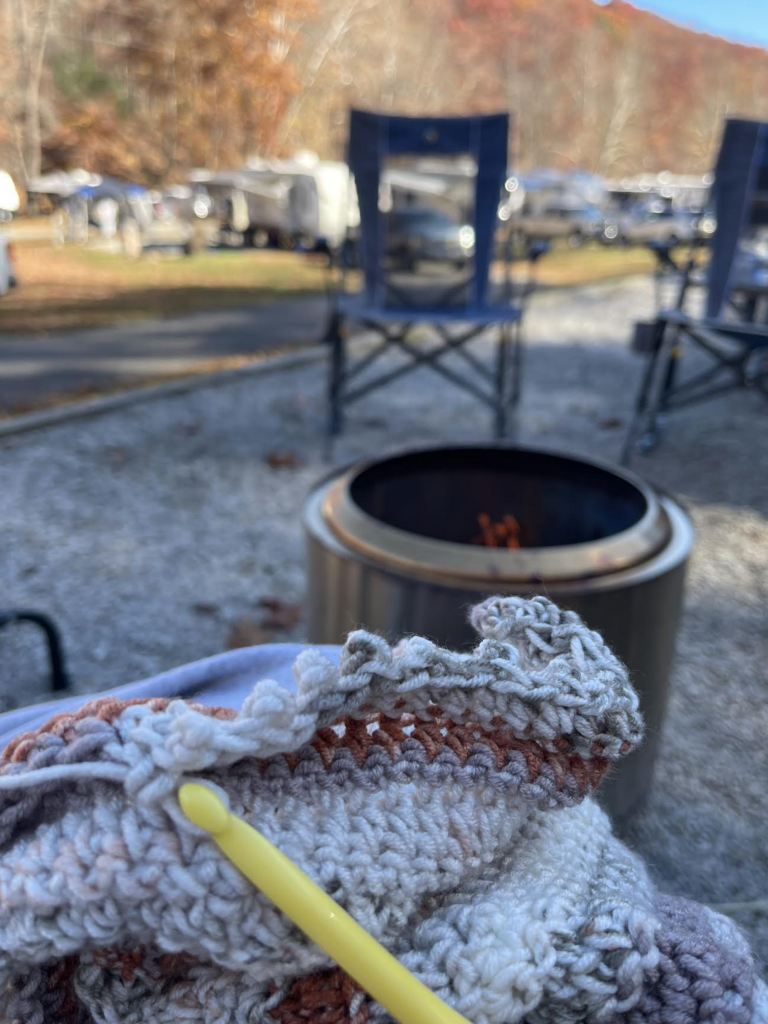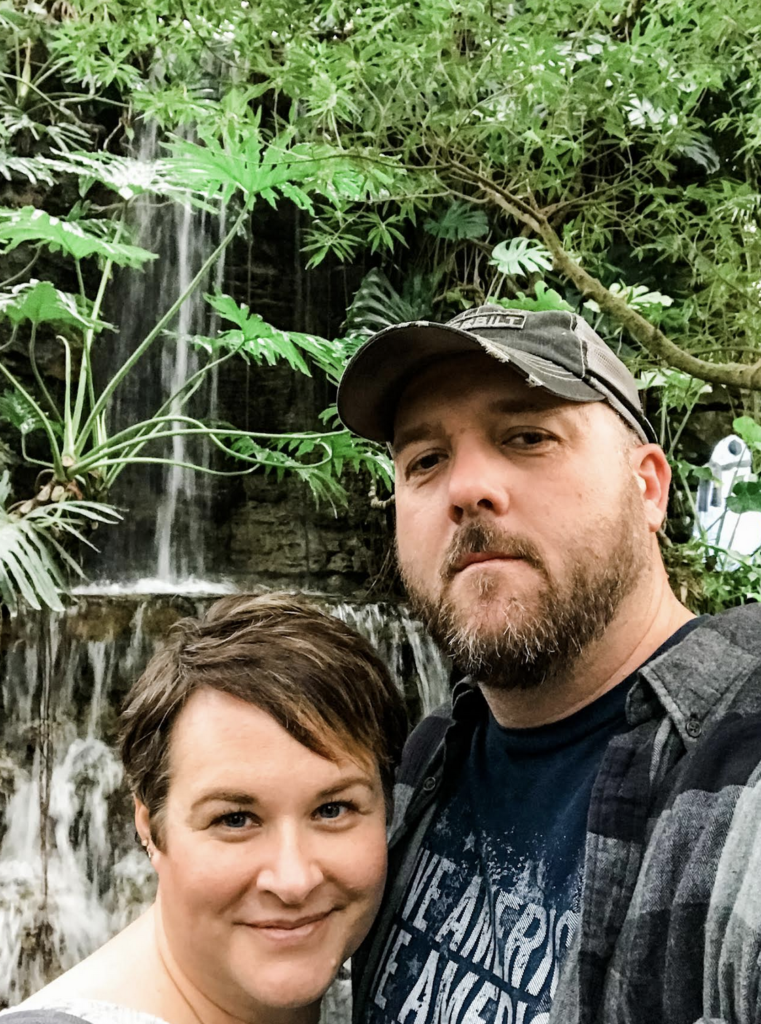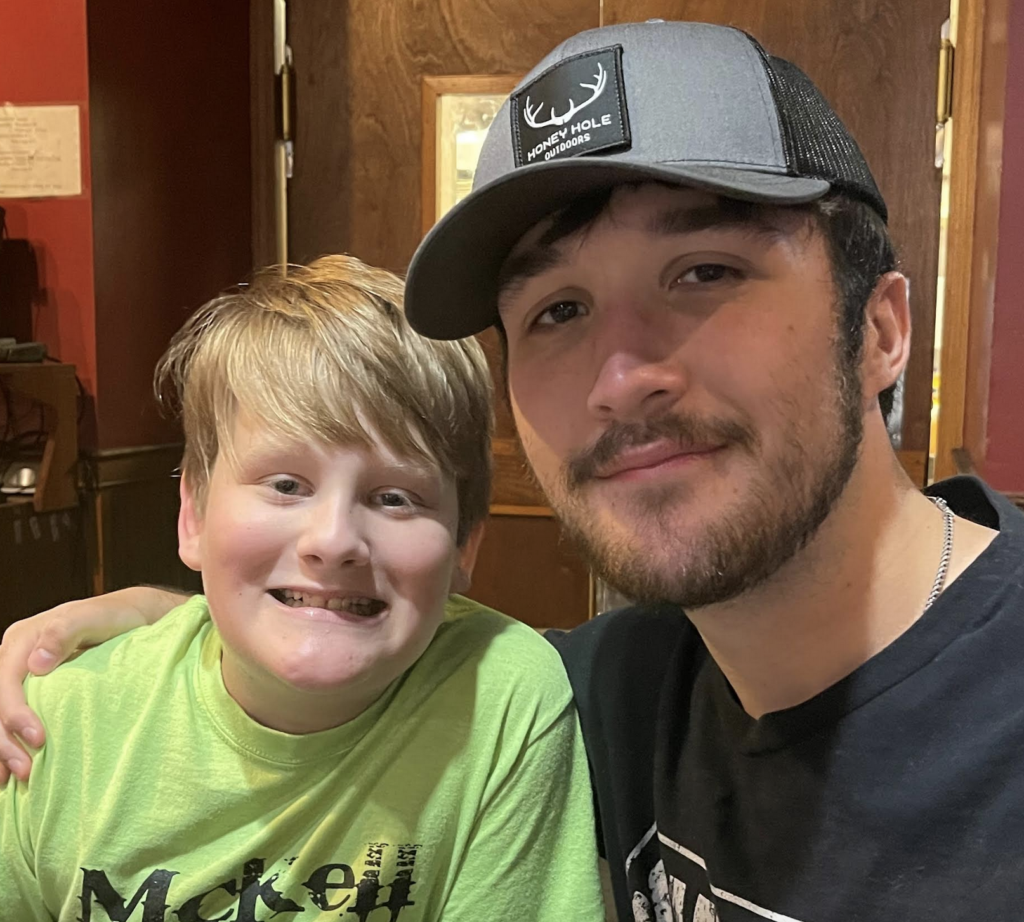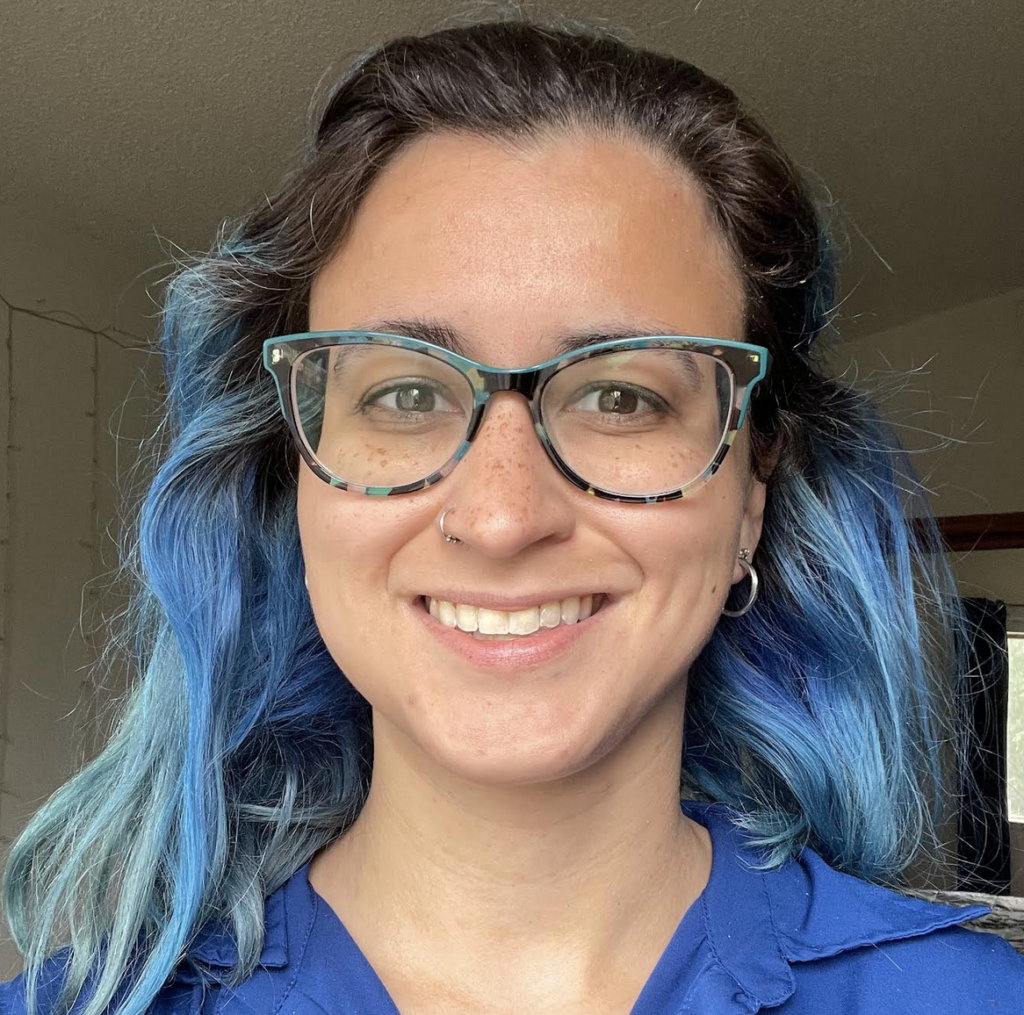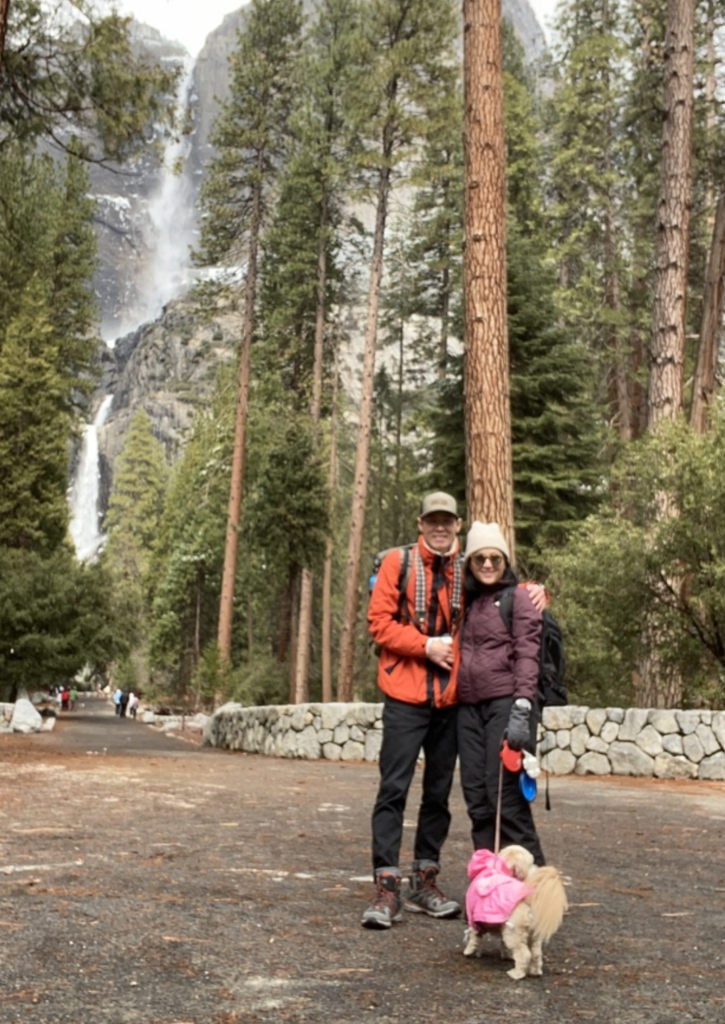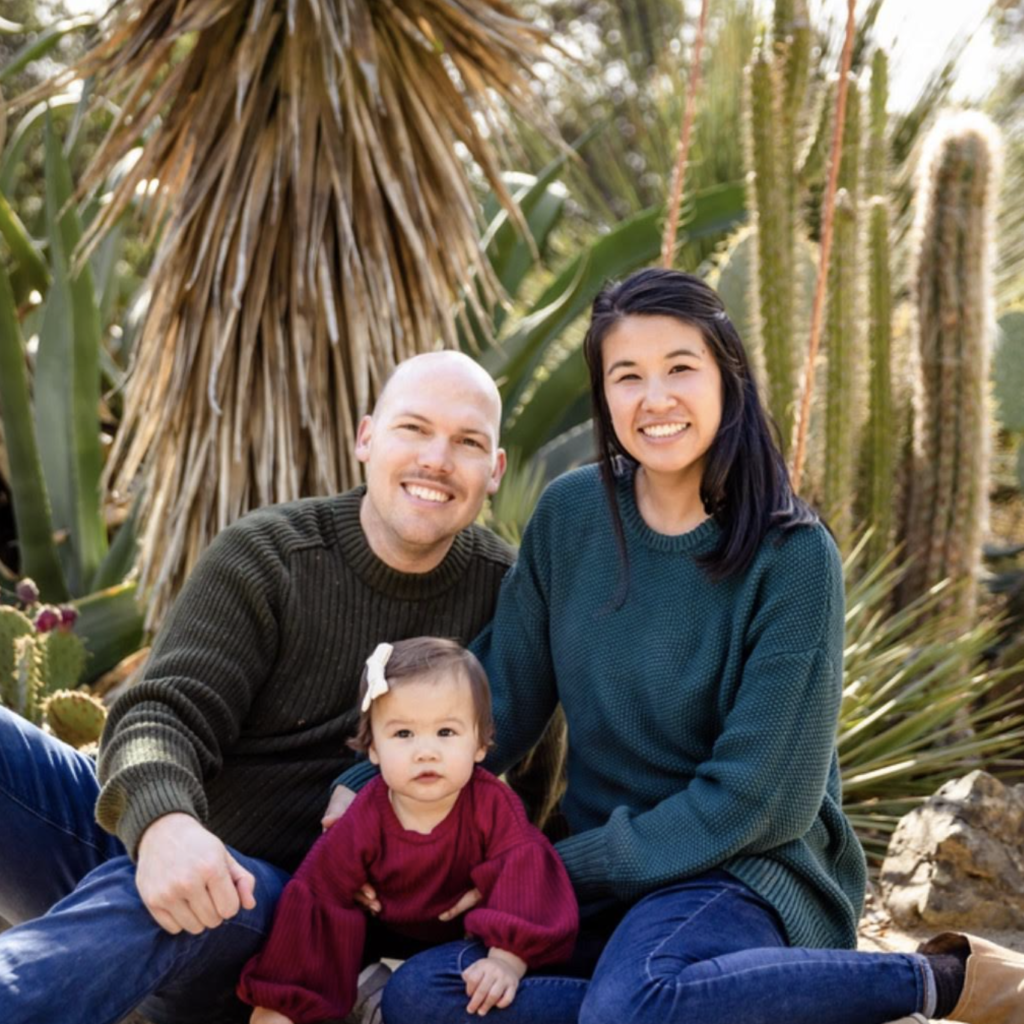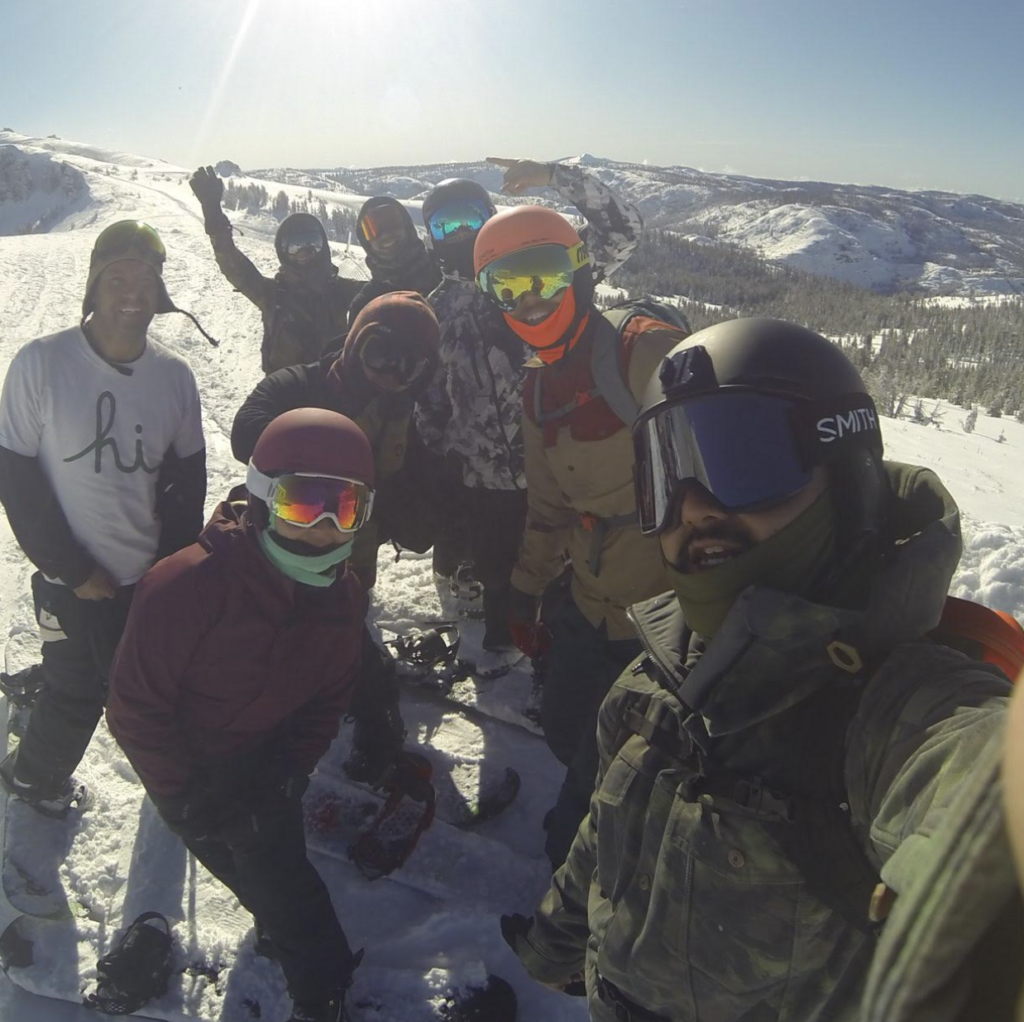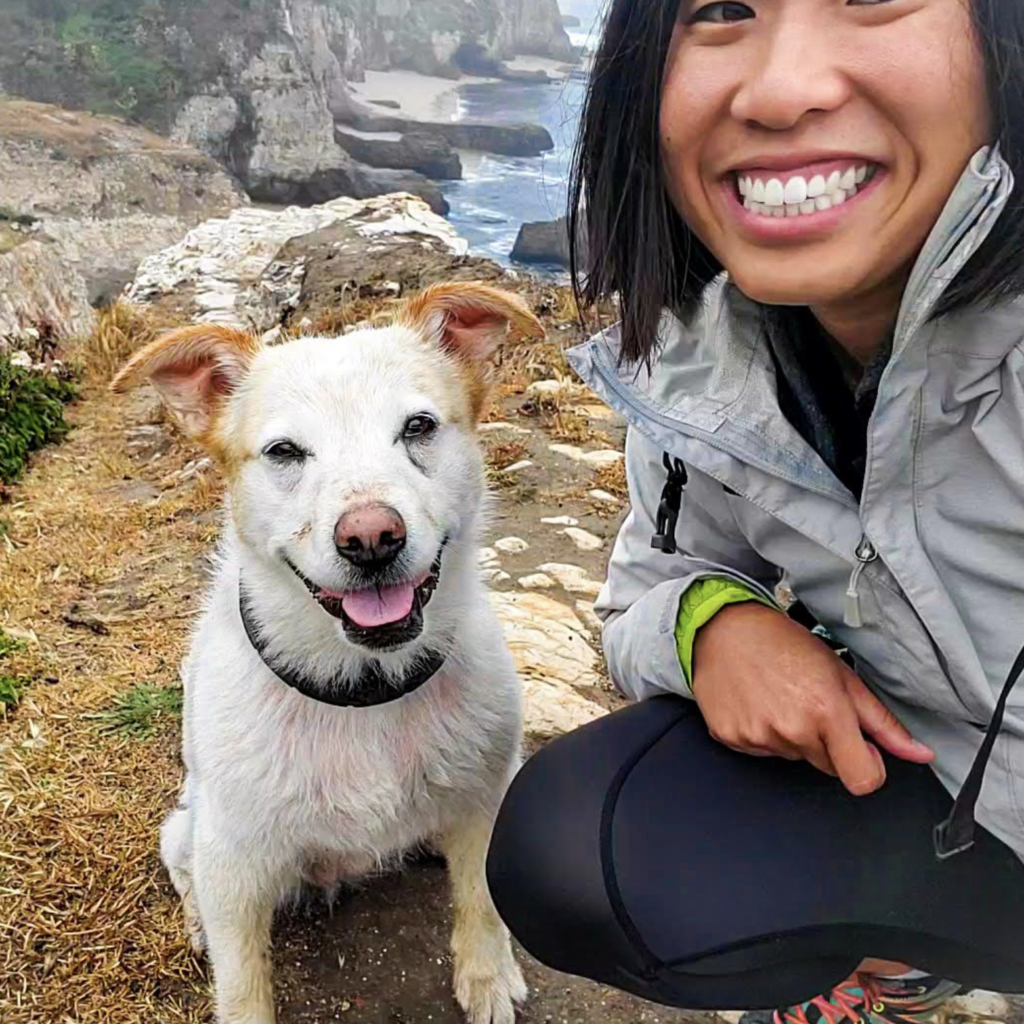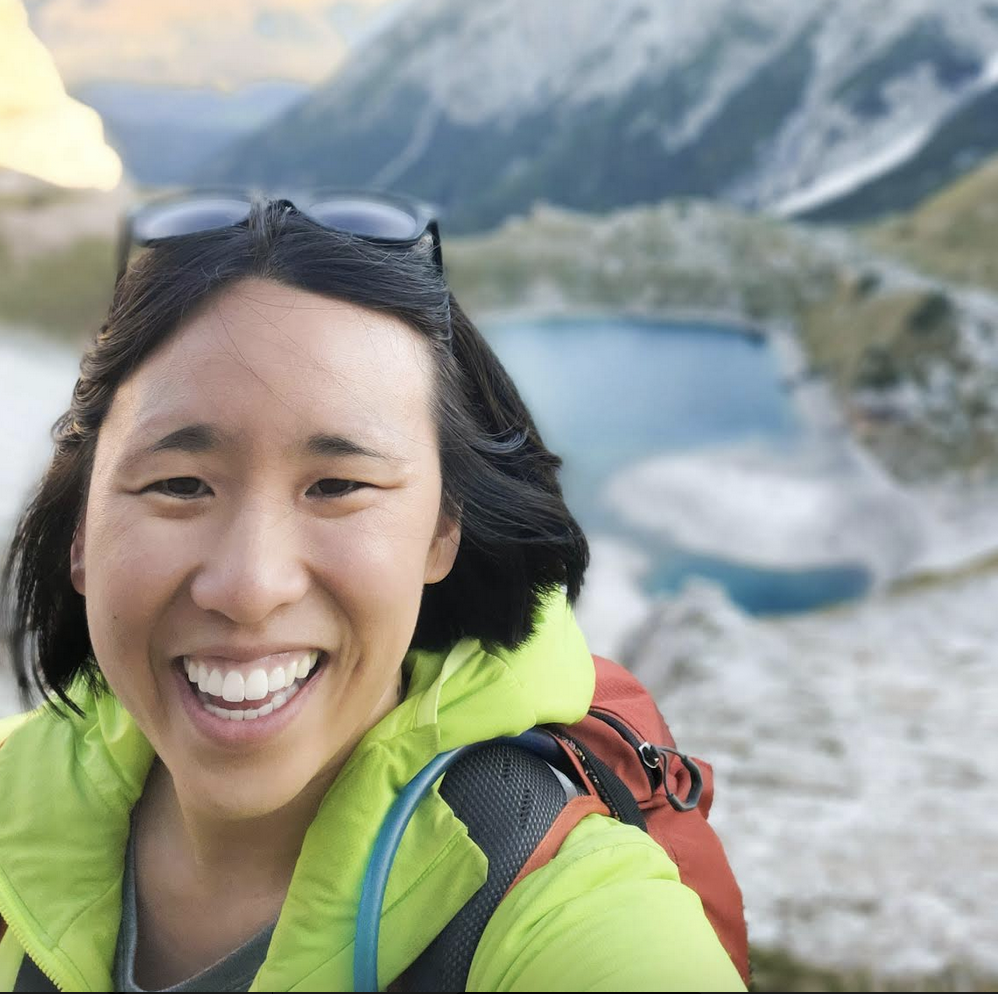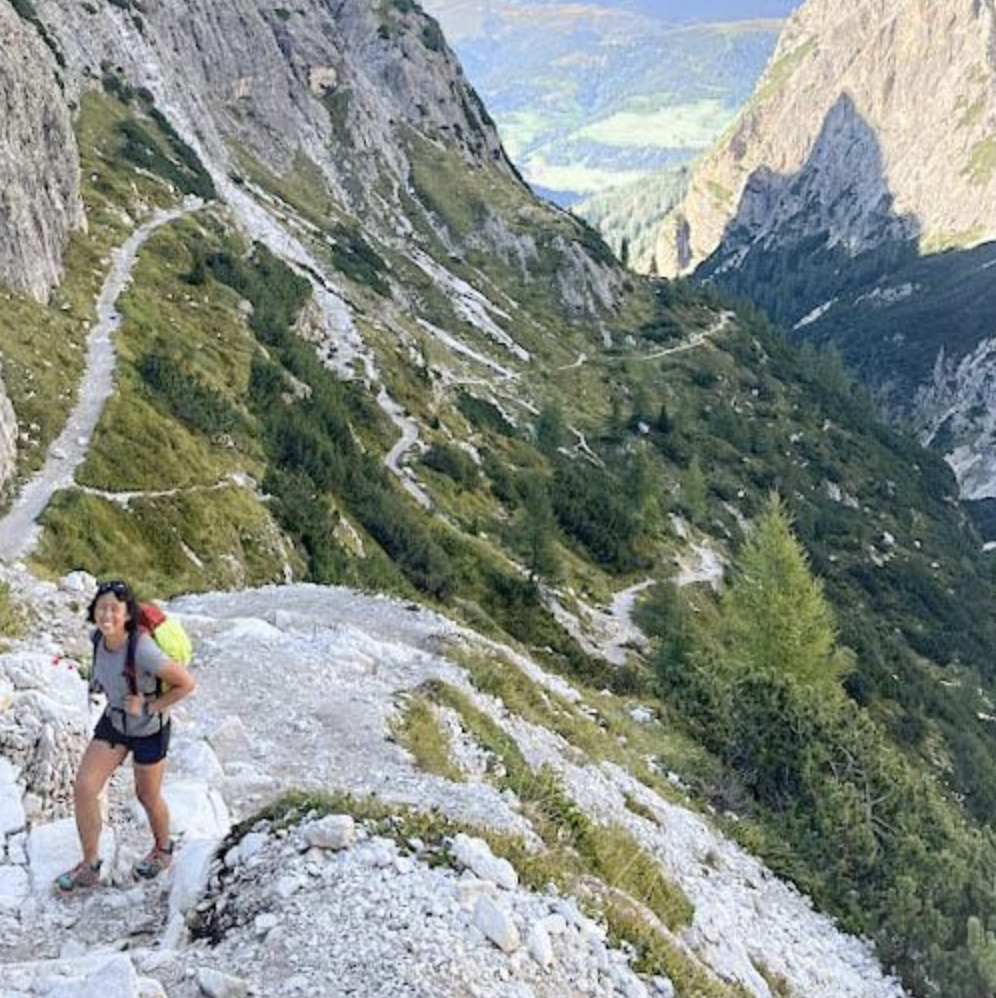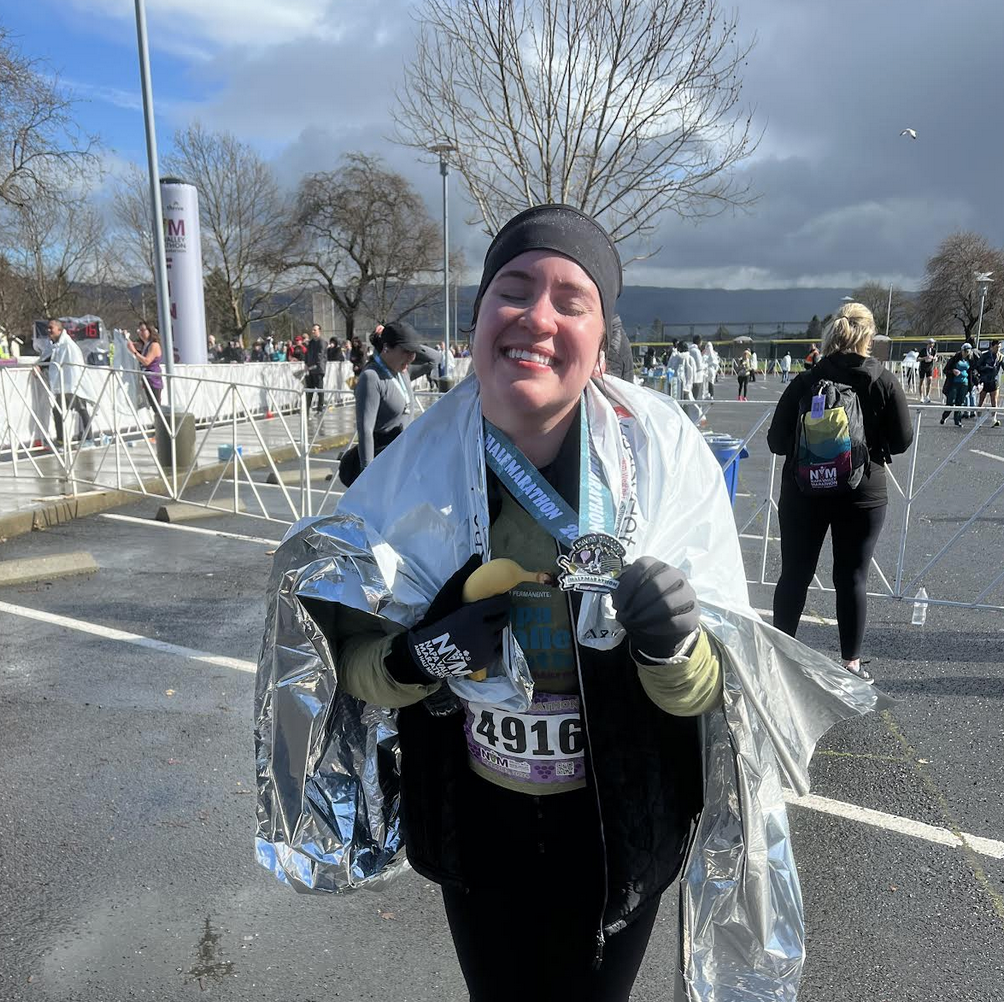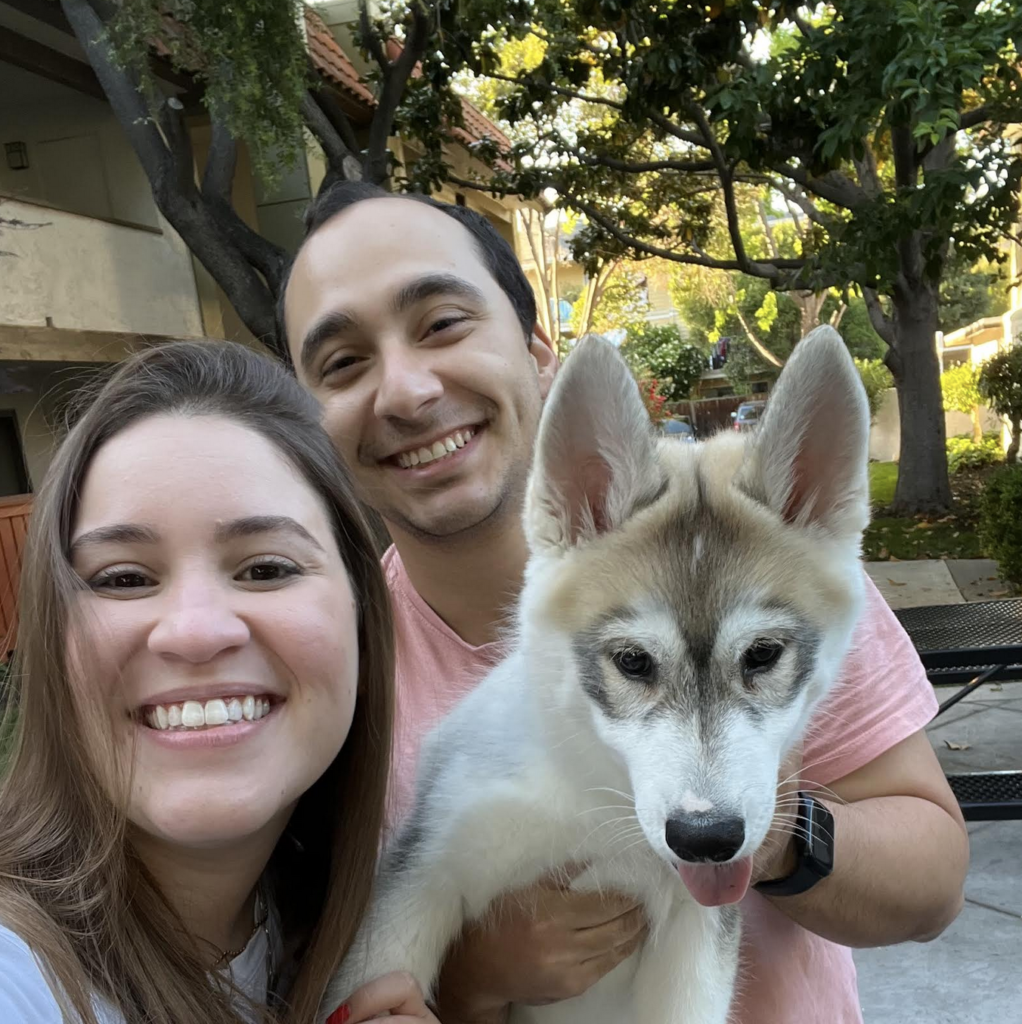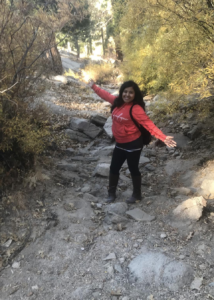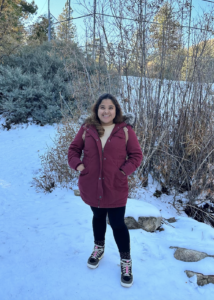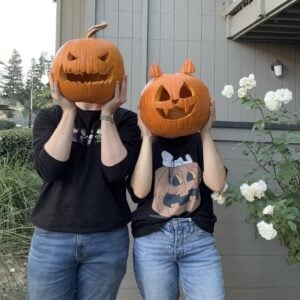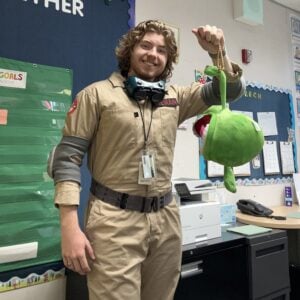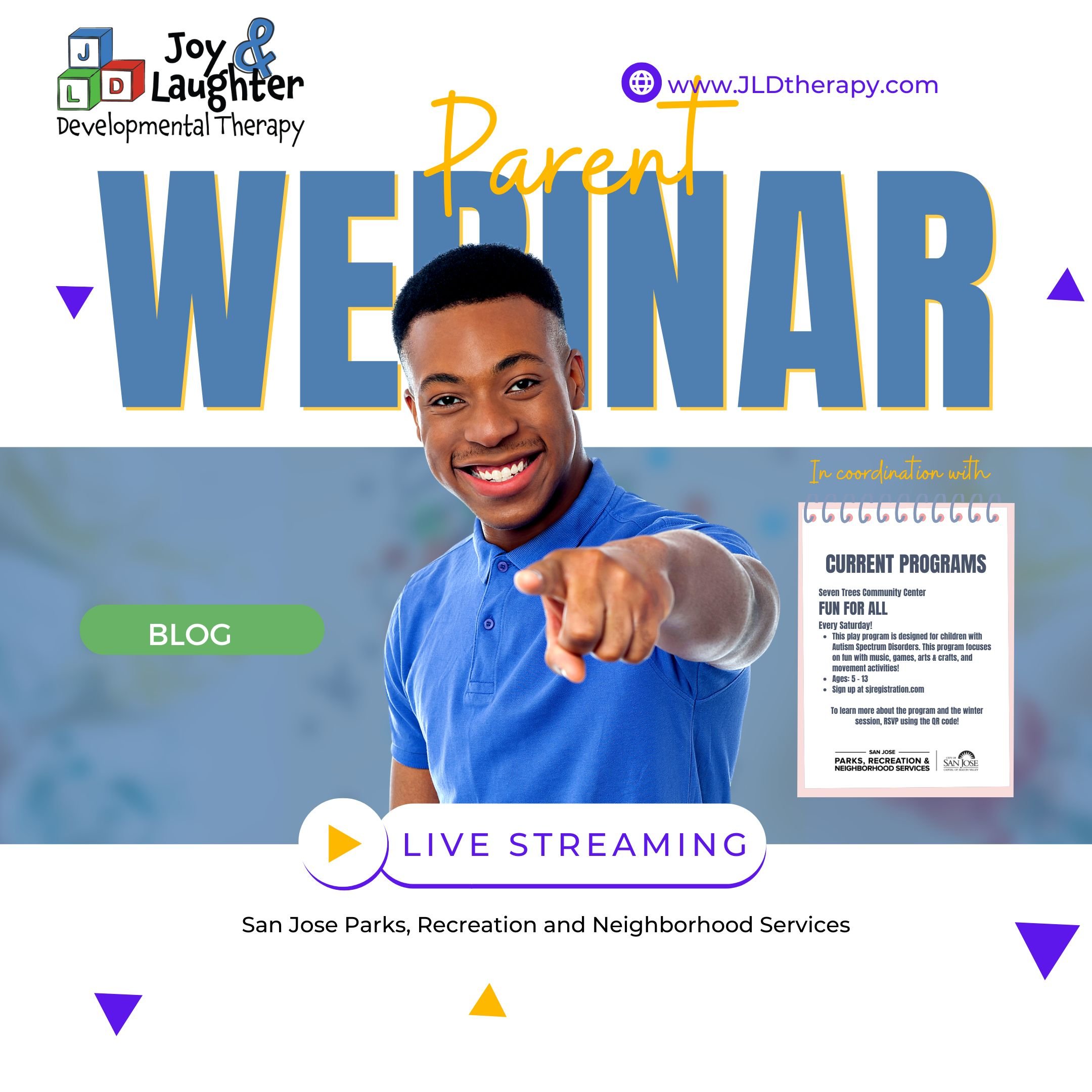
Introduction
My name is Nika Noorishad and I’m the therapeutic specialist at Seven Trees Community Center. And I have a program that I’m discussing with you all today called ‘Fun for All’. So before I do that, I did want
to go over what therapeutics with the city of San Jose looks like.
Overview
So currently, we have 3 core focus areas for our therapeutics programming. We have Mental and Behavioral Health, which is our Grace Art and Wellness Programs, that is separate from Seven Trees Community Center. Our Developmental, Cognitive, Physical, and other Disabilities, which is the All Access Sports and Recreation, where I fall under. And then our Inclusion and that’s different programs that are being supported by our Inclusion services that are offered by the city of San Jose PRNS. And our goal as an overall organization is to support our residents with the means to recreate and improve their
quality of life regardless of their ability.
Flowchart
So as I mentioned, I am the All Access Sports & Recreation Area. So as you can see, we have Parks and Recreation, all the different divisions. And then the therapeutics unit is a part of the recreation division, and within that is the all access sports and recreation. And I’m at Seven Trees Community Center. So this is just a little flow chart to visualize where I stand in the city of San Jose and where our program is focused and located in.
All Access Sports and Recreation (AASR)
So once again, for all access sports and recreation, we provide recreation education and community services to enrich the quality of life for individuals with disabilities. So we’re focused on abilities rather than disabilities. And myself, along with three other community centers, have programming that enhance independence, improve social skills, increases self esteem, and connecting people and families to community resources, and providing opportunities to connect one another to each other and have community integration.
Fun for All Overview
All right, so for this program, ‘Fun for All’, I have about 4 to 10 kids at a time enrolled. I noticed it’s 5 to 10 kids. However, my minimum is 5. I have less than that sometimes, and I’m open to running the program with a lower enrollment, depending on the classroom needs and if the parents are still willing to have the program run. I’m very flexible with how this program is structured and how the program is kind of focused on what area. So depending on the week, we have different things that we’re focused on and I will go over that in the next slide. Overall, this program is focused on music, games, arts & crafts, a recreation based model, and it can be similarly looked at like a preschool model but on weekends and only once a week.
There is a requirement to bring lunch, there is a requirement that all children are potty and toilet trained, and then there’s also a requirement that if they are not able to be by themselves in the program, they do have an attendant with them. And as you can see, at this time there is a price associated with this program. It is $140 per resident and $144 per non-resident. So if you’re a resident of San Jose, it will be the 140 and if you’re not from San Jose, it would be the 144. I usually have around 4 staff, although if we reach a higher capacity, there would be a branching off of the classrooms with additional staff- so up to 8 staff depending on how many children are able to be enrolled in the program. The program runs from 9:30AM to 12:30PM. Although this can also be modified if there are any suggestions at the end of this webinar, I’m more than happy to take those.
Fun for All Program
So as I mentioned, depending on the week, we do have different focuses for this program. So overall, we have objectives of movement, mobility, music, games, and arts & crafts, and with that, we try to incorporate at least one every week. But given the adaptability- the nature of our staff having to adapt, we might not be able to hit every single mark, and we do focus on one per each week. So if we have
movement as our objective for the week, we will have a scheduled gymnasium session where they will go and they will have an obstacle course, they will have a basketball game to play, and then making sure that everybody is able to participate on an even playing field. And we have a program model of meeting sensory, social and developmental needs of children with autism spectrum disorders, and we want to make sure that this is an inclusive environment where every child can engage in their own way.
And our sessions work on a year round basis, and each session will be eight weeks long. So we have summer, we have fall, winter, and spring, and all of those will be eight weeks long, with about two to three week intersession in-between. The price that was associated with this program that was shown before the $140 would be for the eight weeks in total. So if you break it down, it would be a little bit easier to pay for rather than paying for it up front.
Fun for All Field Trip
We do have a field trip that is usually scheduled. However, there are some requirements for the field trip to occur, and some of the field trips that we’ve done in the past are Children’s Discovery Museum, pumpkin patch, the roller rink, and the Tech Museum. We are trying to take the children to Happy Hollow for the next few sessions, and we’re looking into different areas as well. And once again, if there are any suggestions for field trips, we are more than happy to take those, and I can implement those for future sessions if there are any interesting areas or good recommendations.
So as for the requirements, we do require parents to be in attendance, although if they cannot be in attendance, and that is something that’s discussed with me beforehand. We’re okay to sub in an extra staff, although that needs to be communicated, the staff ratio needs to be one to two, and due to that, if there is less than that, we are subject to canceling the field trip for the week of. The ticket of the child will be covered, but any additional parent or guardian must be paid for separately. So as we do require a parent or guardian to be there, we do not offer the finances to pay for that, and that is why we’ve been using the Children’s Discovery Museum as of recent, due to the low cost that is associated with their tickets for those who are receiving WIC or Cal Fresh, and it is $2 per parent or participant, I believe, if you are receiving WIC or Cal Fresh, and as I mentioned, the ticket of the child that is enrolled in the program would be covered. And there’s one field trip per eight week session, and we usually do it on the very last week.
Staff and Volunteers
Then I wanted to discuss a little bit more about the staff and the volunteers. So our staff are recreation leaders. They work in parks and recreation and they’re background checked, and fingerprinted just to make sure they’re covered on all grounds and they’re making sure that it’s FBI background checked and this ensures the safety of all children. And then we do have trainings for the staff. They are on a seasonal basis and sometimes they are virtual, and they are ongoing. So we do not have a set training that they receive in the beginning of their time with us, that they would follow through, they have ongoing trainings, and they have multiple trainings – sometimes monthly, sometimes by session.
And for volunteers, we have majority of our volunteers from Santa Clara University or San Jose State University. They are also background checked and fingerprinted. And this is the same process that the staff go through just to make sure that we have that high standard of safety in mind. And they do have a lower level of responsibility than our staff, so they are not allowed to be alone with any of the children and I can go over their responsibilities right over here.
Staff and Volunteer Responsibilities
So for staff, we have more of a responsibility and more of a role in implementation in program planning. They are planning every single week. They’re making sure that they’re implementing our goals and objectives and every week, and they prep all the daily activities. This is not only done on the day of, but the week of. Staff will come in and they will organize, gather materials, create activities, and create a schedule for them every day. And then they will also be monitoring behavioral progress, concerns, and areas of improvement to share with the families, and this includes working one on one with each children to ensure success, and then, of course, adapting and pivoting with changes in the schedule, program, or environment. And the very last and more important thing that I like to focus on is they’re also in charge of making sure that the children are safe in the building, as we are closed on Saturdays. So they secure the building prior to, during, and after, and they handle check in and check out procedures.
As for volunteers, they are allowed to be with the children. However, their responsibilities look much different than the staff, so they have more of a drop in role, and they don’t have commitment to planning
or prepping. That is all entirely up to the staff. They will assist in staff preparation, so whatever the staff may need the day of, and any support that might be necessary as they’re going through the program. They can monitor behavioral progress and concerns to share with the families. However, they’re not able to directly speak with the families, and they’re also able to connect with the children one on one. However, they’re not able to be alone with the children one on one. As long as there’s another recreation leader on site and nearby, they’re able to have that role as well.
Staff and Volunteer Limitations
So just so all the families are aware of what the staff can and cannot do. This is the cannot list. So staff cannot change the children. They cannot help them use the bathroom. They cannot touch them in any capacity, except emergencies, to prevent situations. If a child is running out of the classroom, they’re able to physically block them before they grab them. So we want to make sure that we’re limiting that aspect, and then they’re not able to hold or pick up the children, and they’re not able to further diagnose or provide insight to behaviors for parents, although they can make slight recommendations as to how we can see improvement in behaviors in program time, there is no insight that will be provided from them as a therapist might provide.
They do not have that qualification in this role. And the volunteers cannot be left alone with the children, and cannot really work one on one with the children, as the staff may, although they can play with the children one on one and kind of make sure they’re monitoring the children, but not work with the children directly, one on one. They cannot speak with the parents and the children about their progress. That is solely the staff’s duty, and they cannot take the children to the bathroom or be responsible to any toileting concerns. That’s a little bit different than the staff, because the staff can guide the child to towards the bathroom, but the volunteer is not able to and they cannot be out of sight of staff, so they cannot be left alone in the center or in any vicinity of our field trip or whatnot, as long as they are volunteering with us.
Volunteer, Parents, and Caregivers
And then we have a different type of volunteer so we have parent volunteers and caregiver volunteers, as this is a question that is brought up frequently with my program and the parents who are enrolled in my program. So as for parent volunteers, they’re there in case there is an accident with their child, whether that is something that was previously discussed, and there might be a concern, for physical concern, or more so there for support, and then there’s also the parent volunteers that are just there to help with the changing of the children post restroom incidents. There’s also parents who will be there for children who are not toilet independent, and would just need a parent on site to make sure that they can help them to go to the toilet, prevent any incidents, and then make sure that they’re being supported in that capacity. And then there’s some parent volunteers that are just there to help the staff in case they need it- with not only their child, but maybe another child as well. We’ve had parent volunteers in both capacities, where they’re just independently with their child, and then we’ve had some parent volunteers that would like to join the program to support all the children, but just kind of monitor their child from a distance as well. And then one of the more recent issues that we’ve been noticing is parent volunteers wanting to be in the classroom due to their child potentially running out of the space, and making sure that they’re able to monitor their child, to not disrupt the staff to children ratio.
Then we have our caregiver or ABA therapists volunteers, and this is also the same basis of parent volunteers, but maybe for a different reason. So if you have a caregiver for your child who would like to track their progress in a social settings or in a classroom setting, or you might have an ABA therapist who is looking to provide ABA therapy in a classroom level, and that’s something that our staff might not be able to do. So you can have a caregiver or an ABA therapist as a volunteer in the program, and then they’re able to take the children and support with toileting needs as well.
To be a volunteer, you do not need to pay for the program. The only person who would need to pay for the program would be the child that is enrolled. So if there’s ever an interest in the program, but you aren’t sure if you can afford the 140 plus 140 for yourself. That is not the case here. We just need the enrollment for the child.
Volunteer Process
To be a volunteer, you need to sign up via our Better Impact website, and I have a QR code right over here if you would like to screenshot or if you would like to take a photo of the QR code. And then we have a volunteer waiver form that is normally able to be filled out on the Better Impact website, as you are making an account, if for whatever reason, you are unable to make an account, we have physical forms. And then you must be fingerprinted regardless of age, just for safety reasons, as you would be working with children. And then we have our ages starting from 15 plus, as we do like to provide opportunities to high schoolers as well, but on a different level, our high schoolers would have a different responsibility. Then step two would be to make an appointment with if it was for this program, me, to get free fingerprinting and background check done. The city of San Jose provides and pays for this. And then you would have to wait for approval, which could take two to three days, given the situation and given the time frame. And then you would get an email schedule to confirm the dates that you would be present in class.
Scholarship Program
And then I want to go over our scholarship program. So we have a city of San Jose scholarship program, and this is a program that can be used to subsidize your costs for the therapeutics programming that you sign up for. I do have to make a statement right now, we do not have funding as of right now. However, the pot of money does get replenished, and there would be a possibility for funds within the next few sessions. So to apply for the scholarship, you have to do so on a yearly basis. They do expire on the 31st of December. So if you already have one, or you are looking to enroll in one, I would recommend enrolling for the 2025 scholarship. And this is not just for therapeutics programming, if you are ever interested in summer camps, if you’re ever interested in any of our leisure classes, such as the karate or dance classes, or any of the programs that the city of San Jose as a whole might provide, the scholarship program does cover that.
So they’re based on a combination of the following areas. You would need to show some sort of government assistance, either government assistance, veterans benefits, Medi Cal, Medicare, or SSI. And then on top of that, you need to show resident verification and identification. For the therapeutics programming, this would cover 75% off of your cost if there are funds available, and only if it is in the program that you’re interested in, which all of our city wide programs are covered by scholarship at this time. And then for the other programming that are not therapeutics that I mentioned, they could be 100% off depending on, once again, funds and the availability.
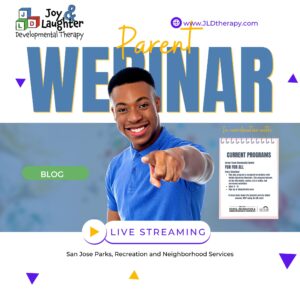
Seven Trees Community Center
And then just the overview of Seven Trees Community Center, not only do I provide ‘Fun for All’, but I provide other programs for other ages. That program for ‘Fun for All’, the ages are five to 13, and as I mentioned in the beginning, I am very flexible with the ages. So if there are children who are a little bit older but qualify for the program, or they would benefit from the program, I’m open to extending that age limit. However, when they age out of that program, there are different options at seven trees if they do enjoy their time with us, and we have social programs such as, ‘Let’s Play Games’, ‘Fun with Arts’, ‘Inclusive Active Sports’, and ‘Dance for Fun’. So as you can see, each program has a little bit of a different objective to it. So ‘Let’s Play Games’ is more of a social class, and ‘Fun with Arts’ is a little bit more creative and hands-on with different art forms and different mediums. ‘Inclusive Active Sports’ has various different sports involved with table tennis, basketball, soccer and volleyball and whatnot. And then ‘Dance for Fun’ is just a safe space for socialization, dancing, and sometimes encouraged line
dancing. And as you can see, the prices are listed, and that is for eight weeks as well. So all of our programs do run on that year round, seasonal basis, in eight week chunks. So $12 for eight weeks, $16 for eight weeks, etc.
Upcoming Season
And here is our flyer for the upcoming session for ‘Fun for All’. Once again, every Saturday, this program will be running from January 11th to March 1t. If you are interested in signing up, or you aren’t sure yet, my email is at the bottom along with our center phone number. And if you are ready to sign up and you’re committed to the program, the information to sign up and how to do so is on here. If you’re not comfortable with doing online registration, you are also welcome to go to any community center in person and ask to sign up for fun for all and they would help you do so. And that is the end of my presentation at this time, I thank you all for being here and for listening. If there are any questions, I would be more than happy to take those at this time.
Q&A
How would flexibility work with the program times?
Yeah. So I’m glad you mentioned that, we’ve had some situations where families are only able to come for a certain chunk of the time, as long as you are okay and open to joining us at a later time and understanding that you would be missing that first hour. We are okay with that. As I mentioned, our community center on Saturdays is closed. The way that we function is you would call us and we would
open a side door to let you guys in. So as long as there’s communication and you guys are able to communicate with my staff, and my staff are able to appropriately let you guys in, there is flexibility on
that start time and the end time as well. So if you had a different situation, and you have to start at 9:30
but leave by 11:30 we can also make that happen.
For the other activities that you mentioned, like the dance classes, is that available on SJ
registration.com too, like the descriptors and the times?
Yes, everything will be available on a seasonal basis. So if you go on SJ registration.com and you can actually filter by age, location, interest and community center as well. And you can find what you might be looking for through our website.

